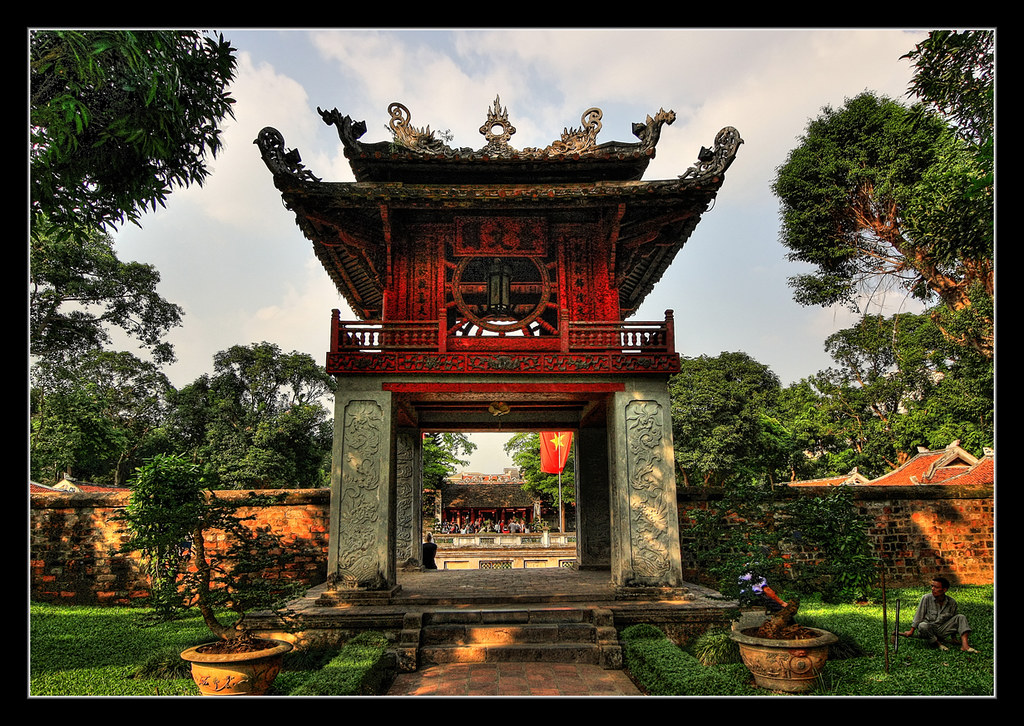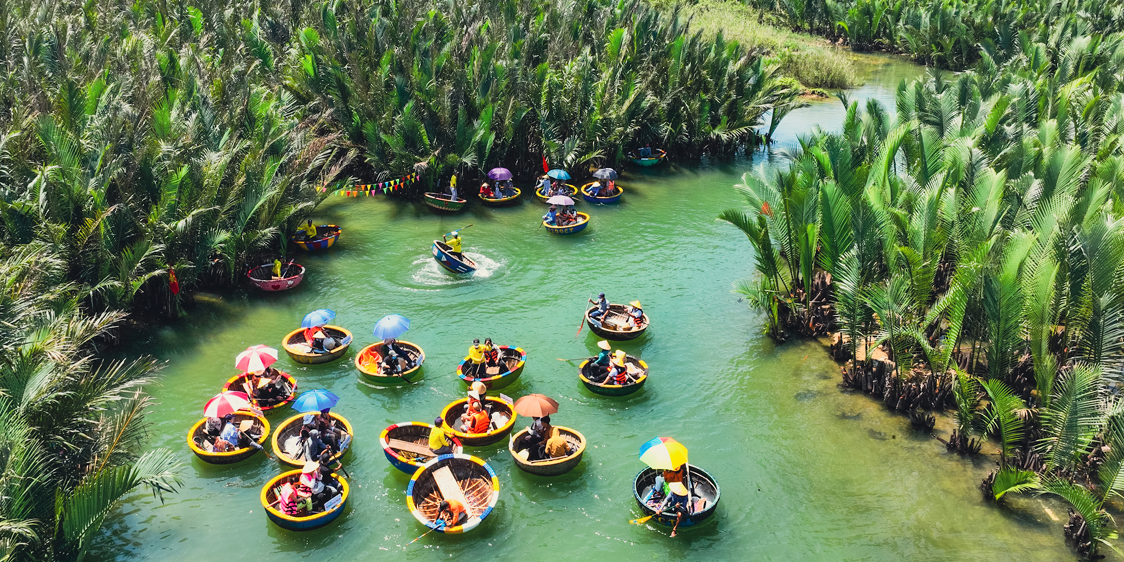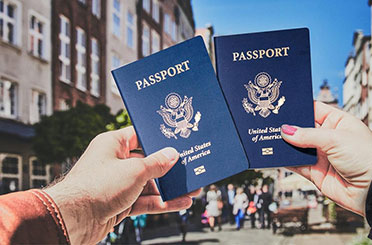Exploring Vietnamese Cuisine Across Three Regions – A Journey Through the Flavors of North, Central, and South
1. Northern Cuisine – Elegant, Subtle, and Traditional
1.1. Characteristics of Northern Cuisine
-
Mild flavors: Less spicy and sweet, focusing on freshness with plenty of greens and balanced use of fish sauce.
-
Harmony in presentation: Balanced flavors, colors, and textures in every dish.
1.2. Signature Dishes
-
Hanoi Pho: Soft rice noodles in a clear, aromatic broth with beef slices.
-
Bun Cha: Charcoal-grilled pork served with vermicelli noodles, fresh herbs, and sweet-sour fish sauce.
-
Cha Ca La Vong: Turmeric-marinated fish with dill, served with vermicelli and shrimp paste.
-
Thanh Tri Steamed Rice Rolls: Thin, soft rice sheets filled with minced pork, served with warm fish sauce.
1.3. Real-life Experience
On a chilly Hanoi morning, enjoying a steaming hot bowl of pho in a small street-side shop while listening to the rhythmic sound of meat being sliced is an unforgettable experience.
2. Central Cuisine – Bold, Spicy, and Artfully Crafted
2.1. Characteristics of Central Cuisine
-
Bolder flavors with more spice and salt than the other regions.
-
Visually appealing: Colorful, intricate presentations.
-
Strong influence from Hue royal cuisine and coastal culture.
2.2. Signature Dishes
-
Bun Bo Hue: Spicy beef noodle soup with lemongrass aroma, crab sausage, beef slices, and pork blood.
-
Mi Quang: Golden turmeric noodles with a small amount of flavorful broth, served with herbs and sesame rice crackers.
-
Cao Lau (Hoi An): Chewy noodles with char siu pork and fresh Tra Que herbs.
-
Banh Beo – Banh Nam – Banh Loc: Bite-sized steamed rice cakes with savory toppings, served with fish sauce.
2.3. Real-life Experience
Strolling through Hoi An’s lantern-lit streets at night, stopping by a riverside eatery to enjoy Cao Lau – the chewy noodles, savory pork, and crisp greens create a truly unique flavor.
3. Southern Cuisine – Generous, Sweet, and Diverse
3.1. Characteristics of Southern Cuisine
-
Distinct sweetness, often using coconut milk and sugar.
-
Abundant ingredients thanks to tropical climate and river-rich lands.
-
Influences from Khmer, Chinese, and Cham cuisines.
3.2. Signature Dishes
-
Hu Tieu Nam Vang: Clear pork bone broth with shrimp, minced pork, and quail eggs.
-
Mekong Delta Banh Xeo: Large, crispy pancakes filled with shrimp, pork, and bean sprouts, served with sweet-sour fish sauce.
-
Saigon Broken Rice: Grilled pork chop, shredded pork skin, steamed egg cake, and sunny-side-up egg.
-
Lau Mam (Fermented Fish Hotpot): Rich fish broth served with assorted Mekong Delta vegetables.
3.3. Real-life Experience
Sitting on a small boat at Cai Rang Floating Market, enjoying a hot bowl of Hu Tieu while watching the vibrant trading scene – a simple yet memorable moment.
4. Comparing the Culinary Styles of Vietnam’s Three Regions
5. Tips for Experiencing Vietnamese Cuisine Across Regions
-
Eat at local restaurants for authentic flavors.
-
Be open to trying new dishes, even if they’re spicy or use fermented ingredients.
-
Combine travel and food tours to discover each city’s specialties.
6. FAQ – Frequently Asked Questions
1. What’s the best season for a Vietnamese food trip?
→ Autumn and spring, with pleasant weather for travel.
2. Where can I taste all three regional cuisines in one place?
→ Major cities like Hanoi, Da Nang, and Ho Chi Minh City have restaurants offering dishes from all three regions.
3. Are there fusion dishes combining all three regions?
→ Yes, many modern restaurants create fusion dishes blending flavors and ingredients from all regions.
4. What should I try first in the North?
→ Hanoi Pho or Bun Cha is a perfect start.
5. Is street food safe to eat in Vietnam?
→ Yes, but choose clean, busy stalls with high customer turnover.
7. Conclusion & Call-to-action
Vietnamese cuisine across the three regions is a journey through flavors, culture, and people. Each dish tells a story, holds a memory, and carries the soul of its land. If you’re a food lover, pack your bags and start your culinary adventure from North to South today!
📌 Contact us for recommendations on unique three-region food tours that combine sightseeing and savoring the best of Vietnamese cuisine.
Other tour
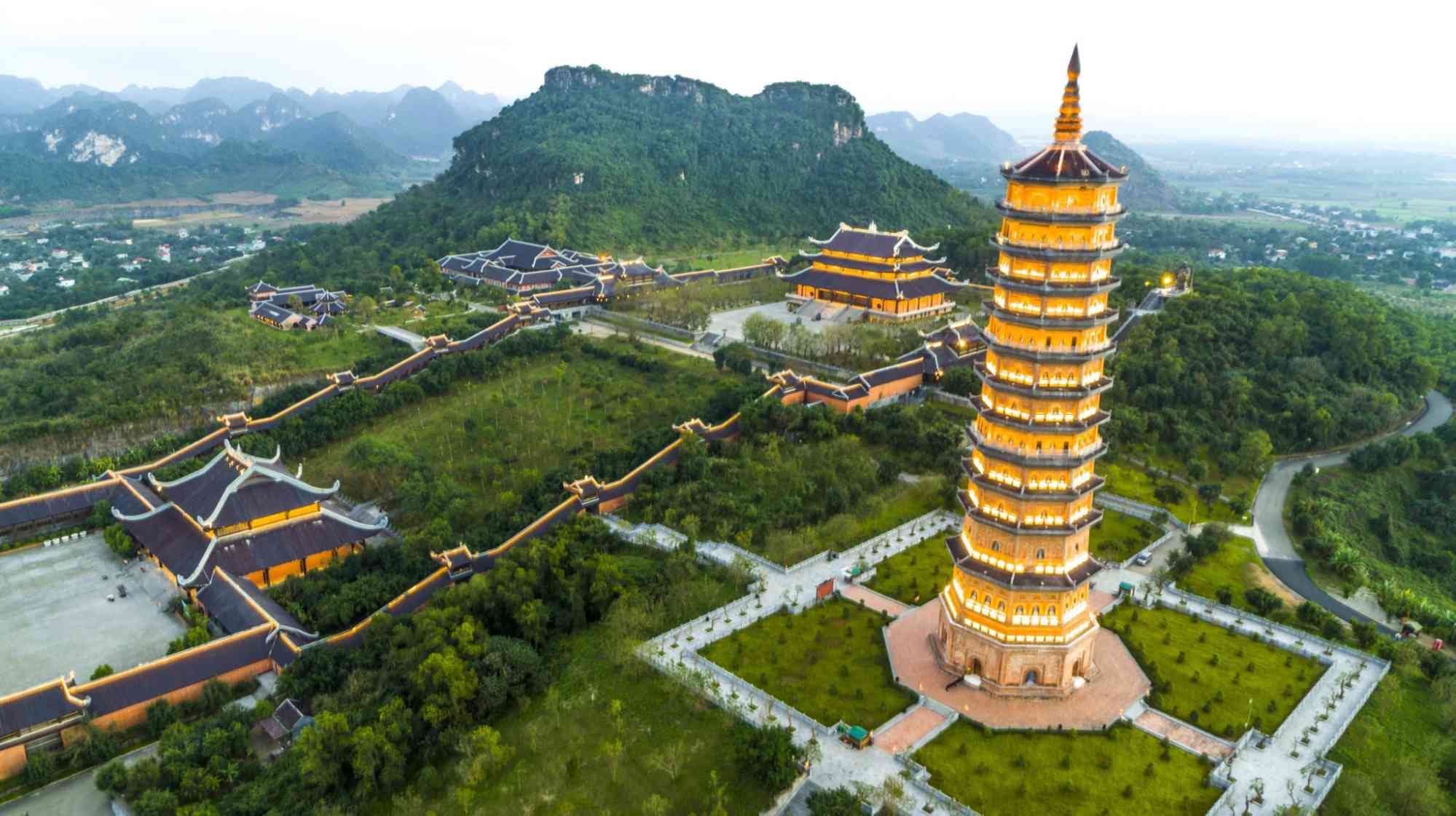 Details
Details
HOA LU – TRANG AN - MUA CAVE -1 DAY TRIP BY LIMOUSINE
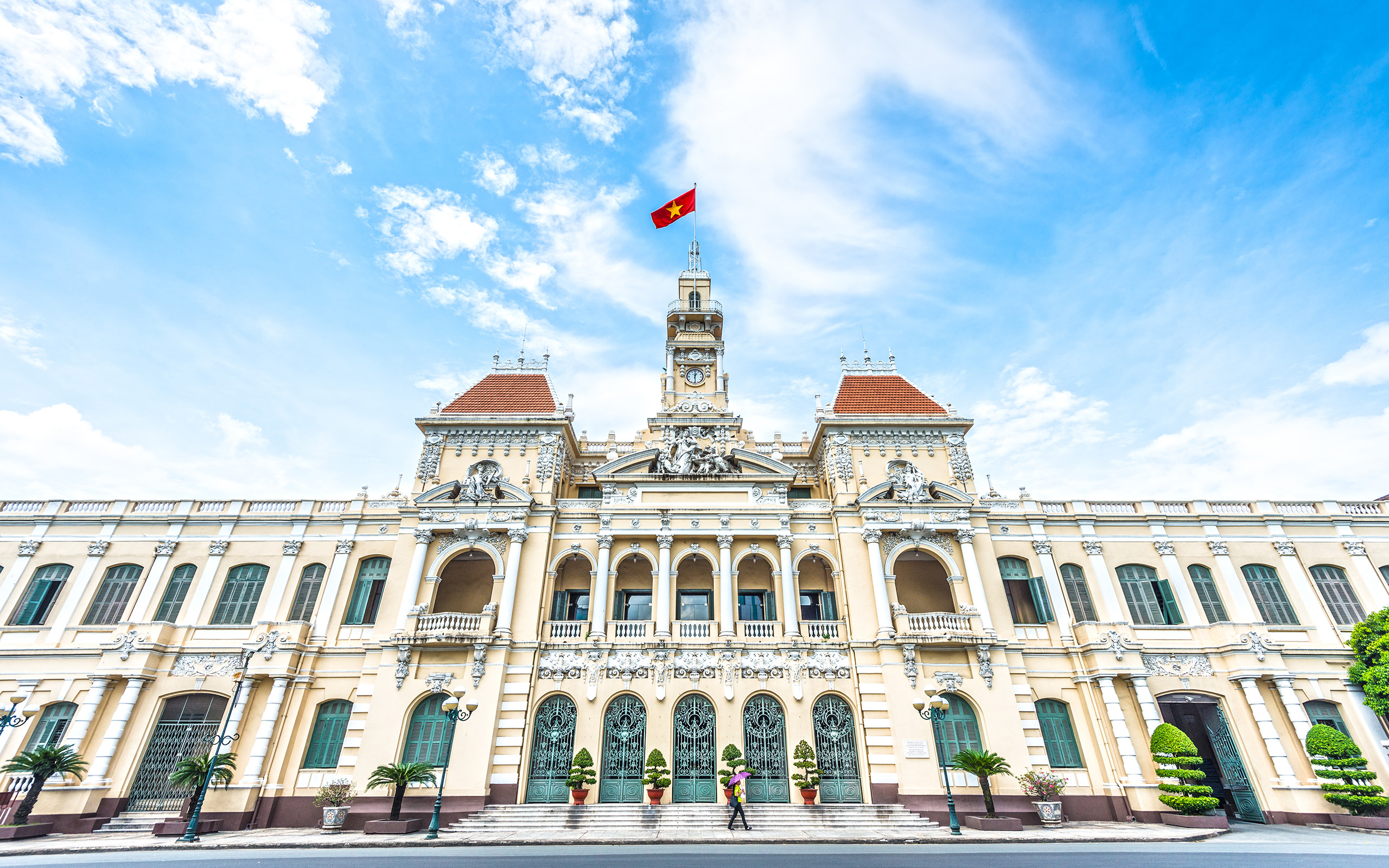 Details
Details
Ho Chi Minh - Cu Chi Tunnel - Ho Chi Minh
Other posts

ASIA FUSION TRAVEL
Welcome to Asia Fusion Travel - Where Diversity Meets Exploration
With over eight years of experience, our dedicated team has become a trusted partner for thousands of international visitors to Vietnam. Our support team is always ready to assist you throughout your vacation, ensuring a seamless and memorable experience.
We offer a wide range of travel products to suit every taste. Whether you prefer vibrant short-day tours or extended adventures, luxurious resort vacations or eco-friendly nature trips, we are committed to delivering the perfect journey tailored to your desires.
Our travel services are designed to be flexible and convenient. We provide joint tours, private tours, and tailor-made tours, along with hotel bookings, domestic flights, and transportation upon request. Our goal is to make your travel experience as smooth and enjoyable as possible.
Our mission is to introduce you to the mysteries and beauty of Asia. We offer exceptional travel experiences across Vietnam and neighboring countries like Thailand, Laos, and Cambodia. We are committed to providing the best prices without compromising on service quality.
Join Us at Asia Fusion Travel!
Let us guide you on a voyage of discovery unlike any other
.jpg)
Surprising Facts About Vietnam

MEET OUR TEAM
Experience the Best with Asia Fusion Travel
At Asia Fusion Travel, we take immense pride in our team of seasoned travel professionals. With over eight years of experience in the tourism industry, our expertise has been honed through serving thousands of international visitors.
Why Choose Us
Our team's unwavering commitment and adaptability set us apart. No matter the situation, we go above and beyond to deliver an exceptional travel experience for our guests. From curating novel tour itineraries to seamlessly resolving unexpected challenges, putting our clients' interests and satisfaction first is always our top priority.
Proven Excellence
Asia Fusion Travel's longstanding track record is a testament to the professionalism and quality service we strive to provide. Our wealth of hands-on experience guarantees that every detail of your journey is meticulously looked after.
Your Journey, Our Passion
Let our knowledgeable and dedicated team guide you through the wonders of Asia. Embark on an unparalleled adventure with Asia Fusion Travel, where creating unforgettable travel memories is our passion.


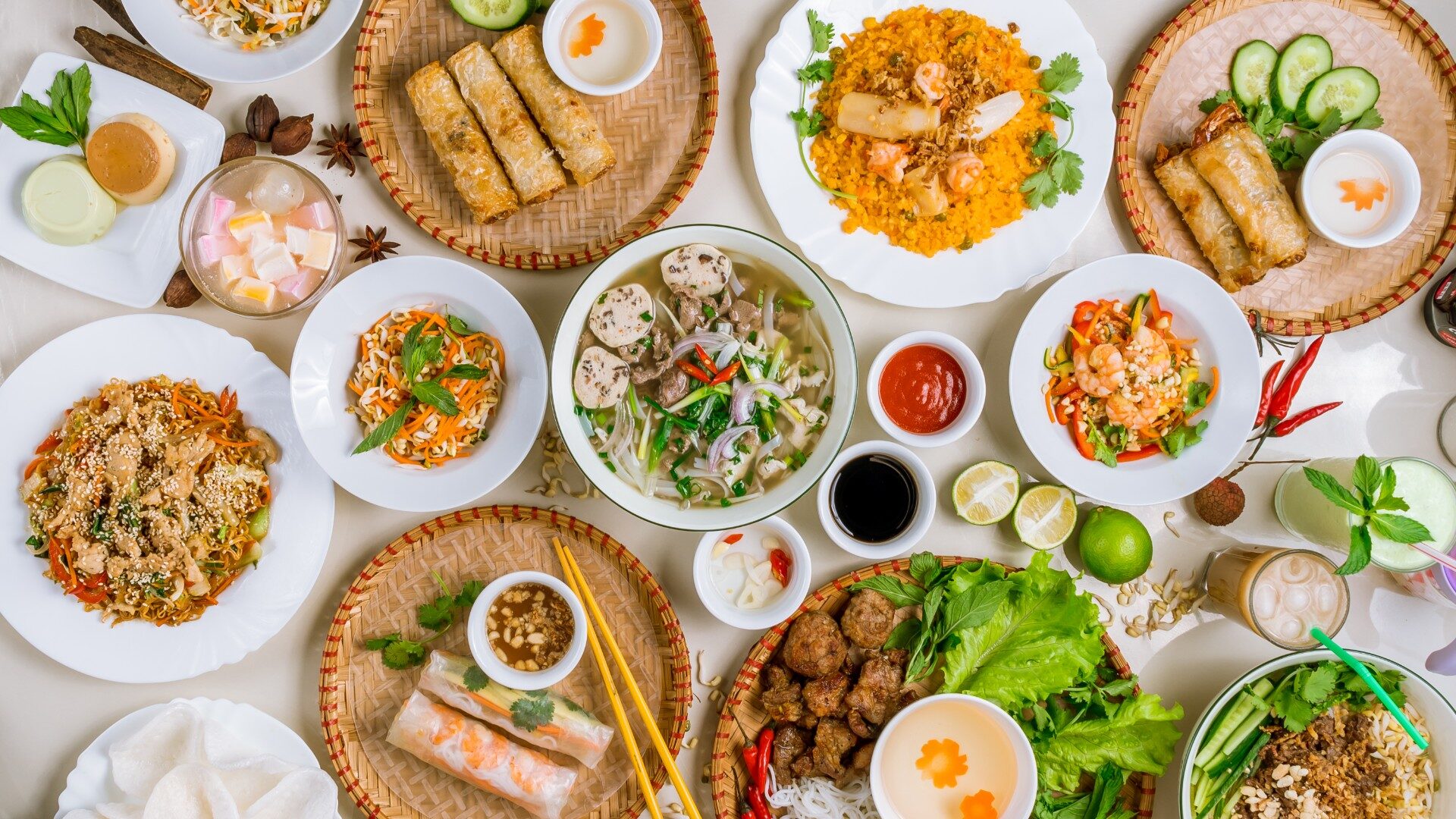


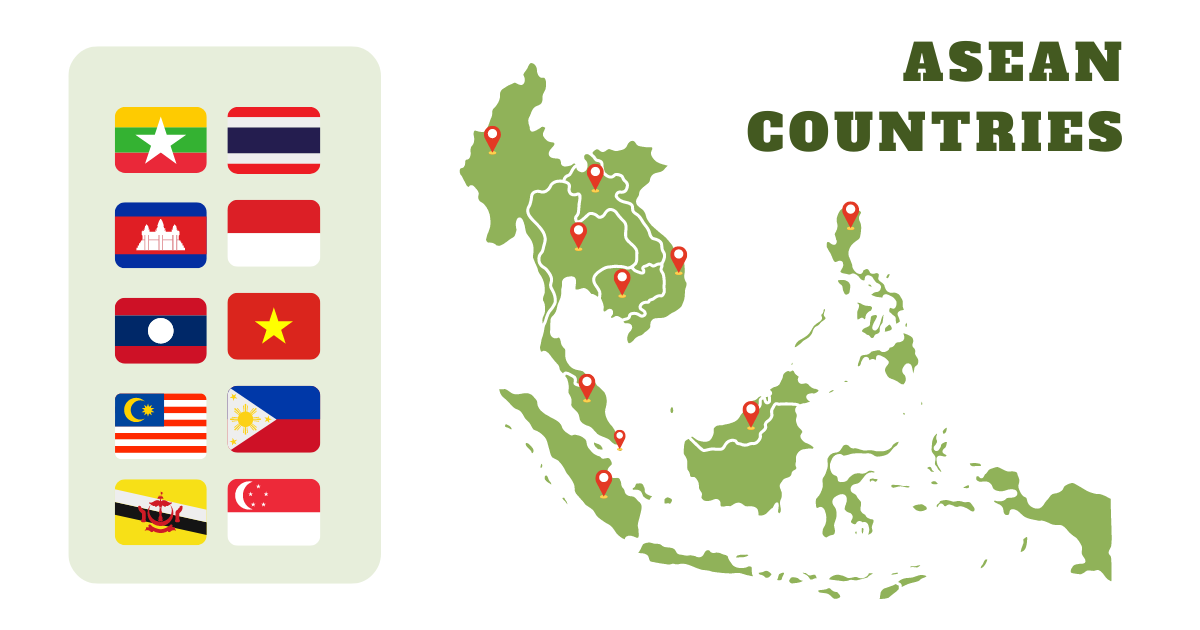

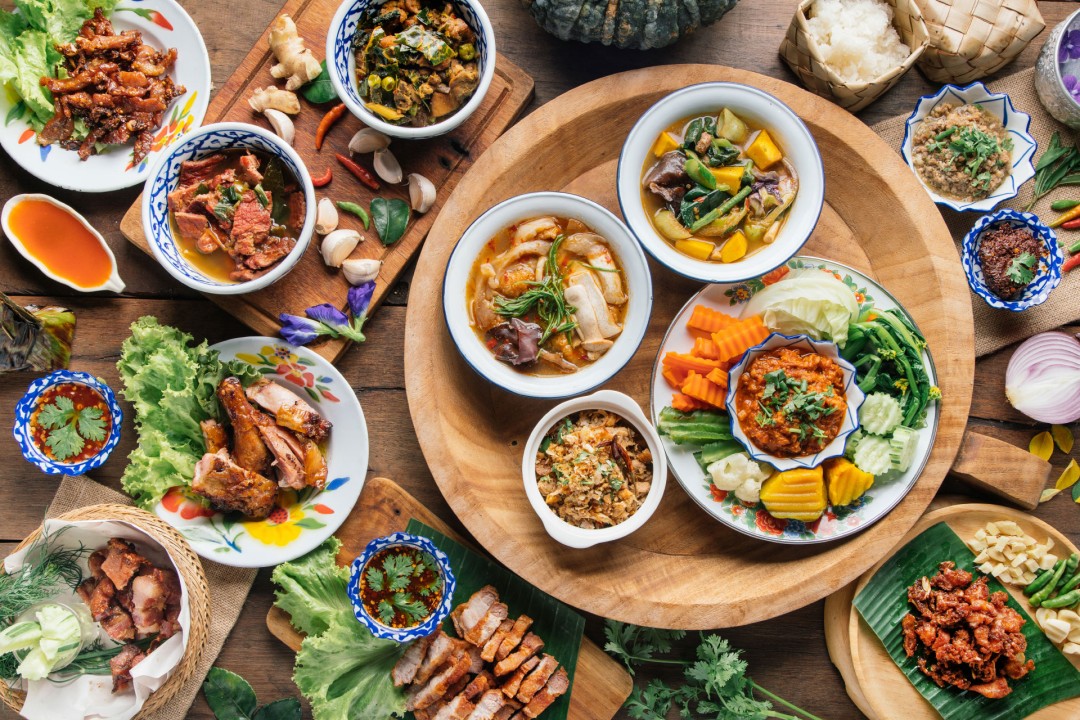

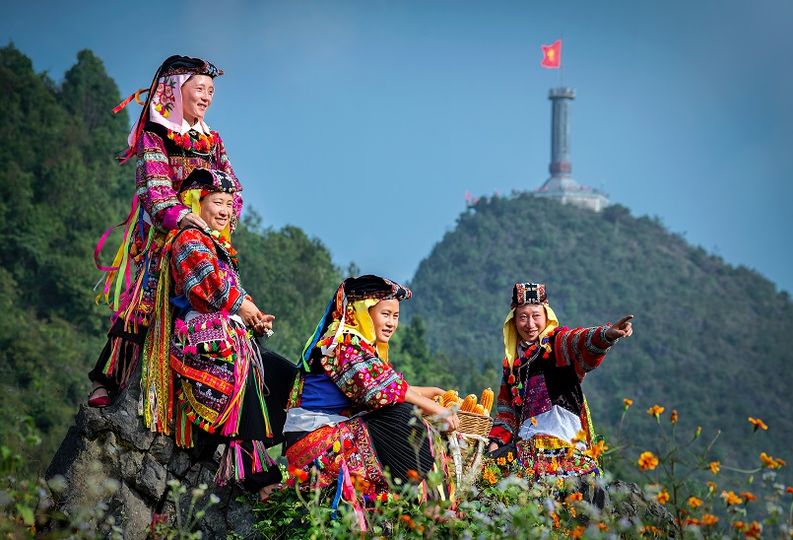
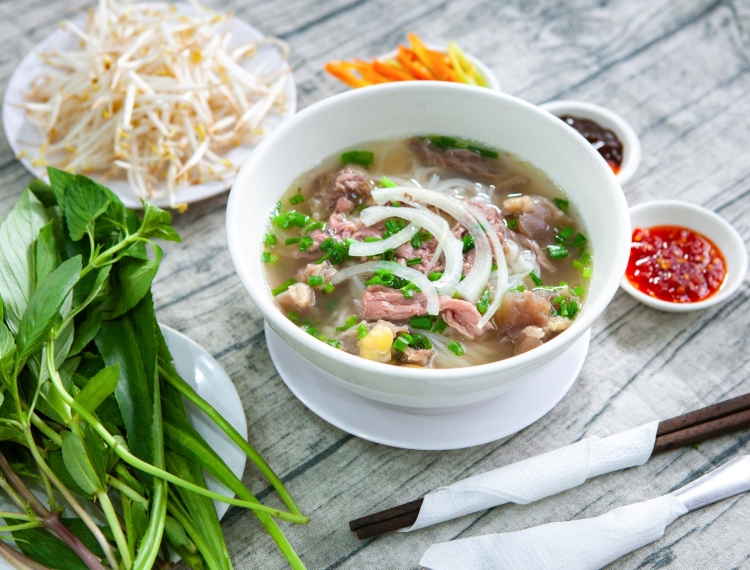

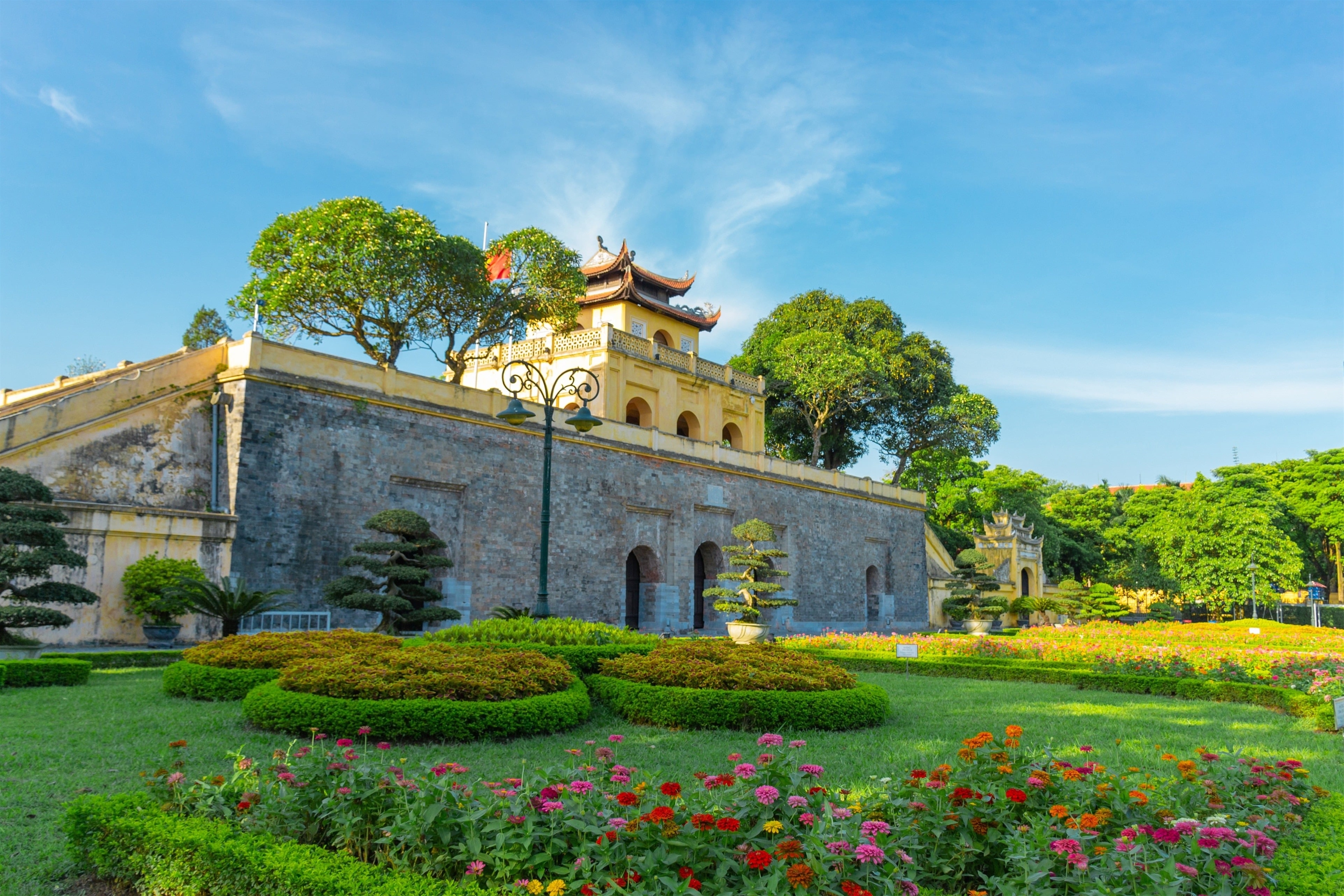








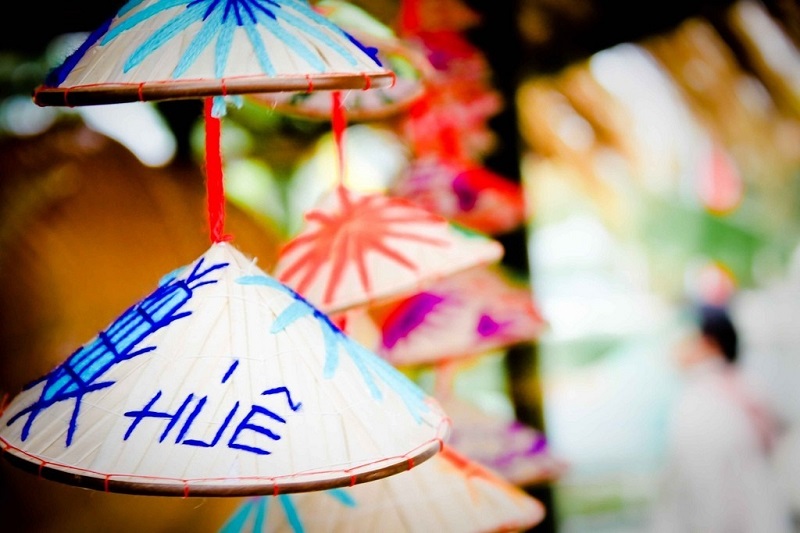
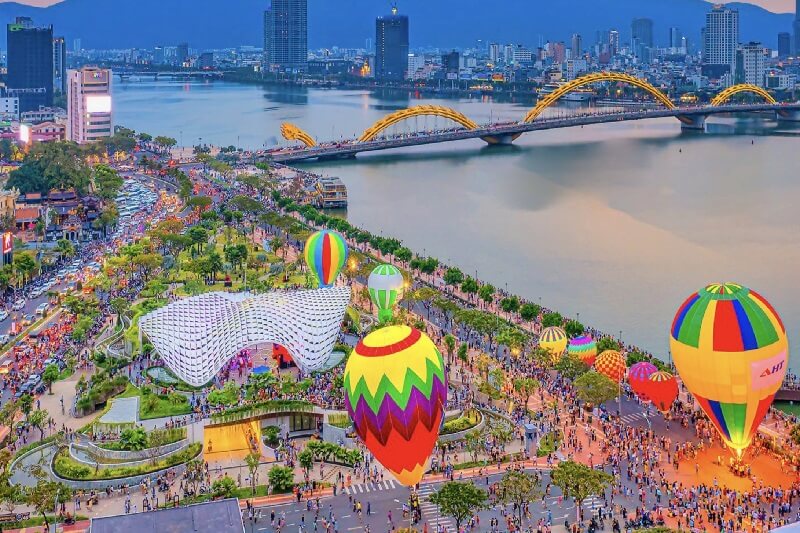


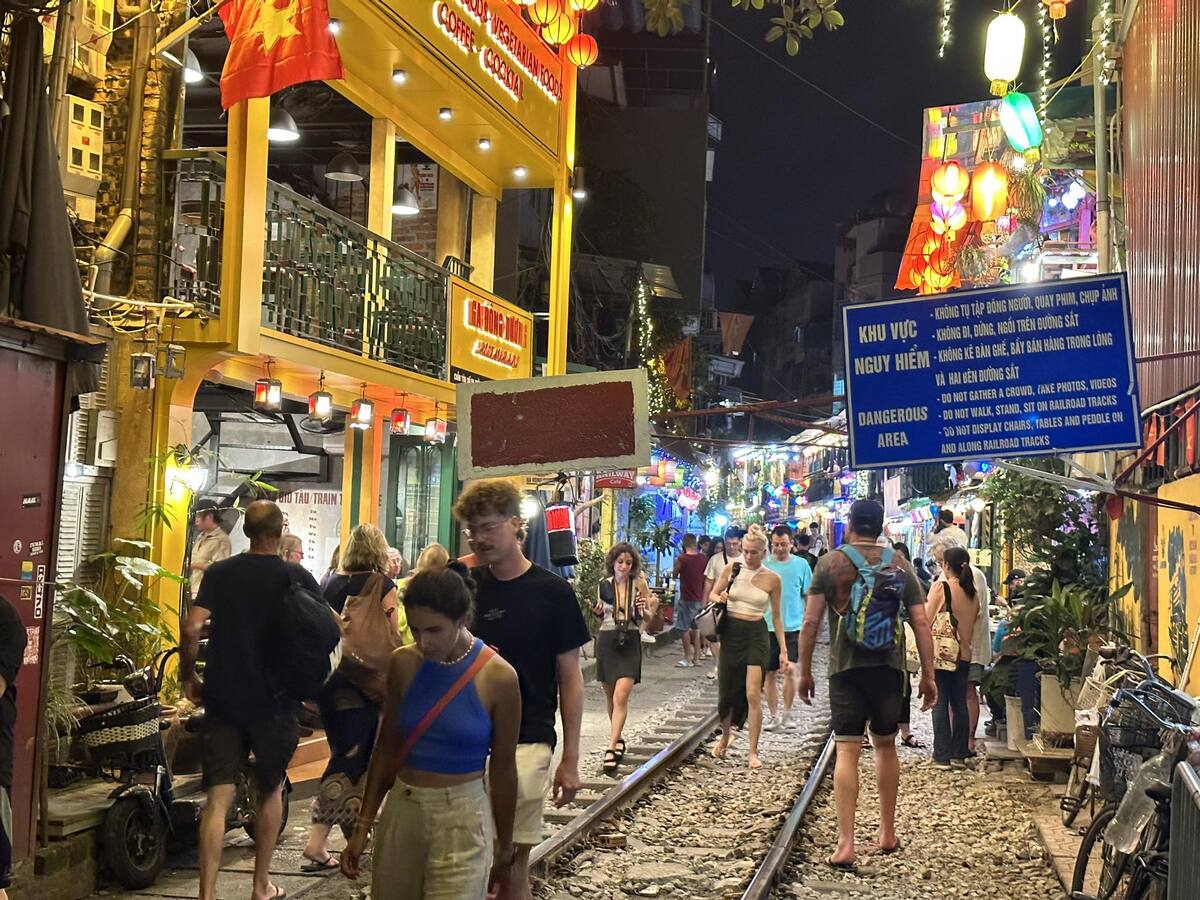
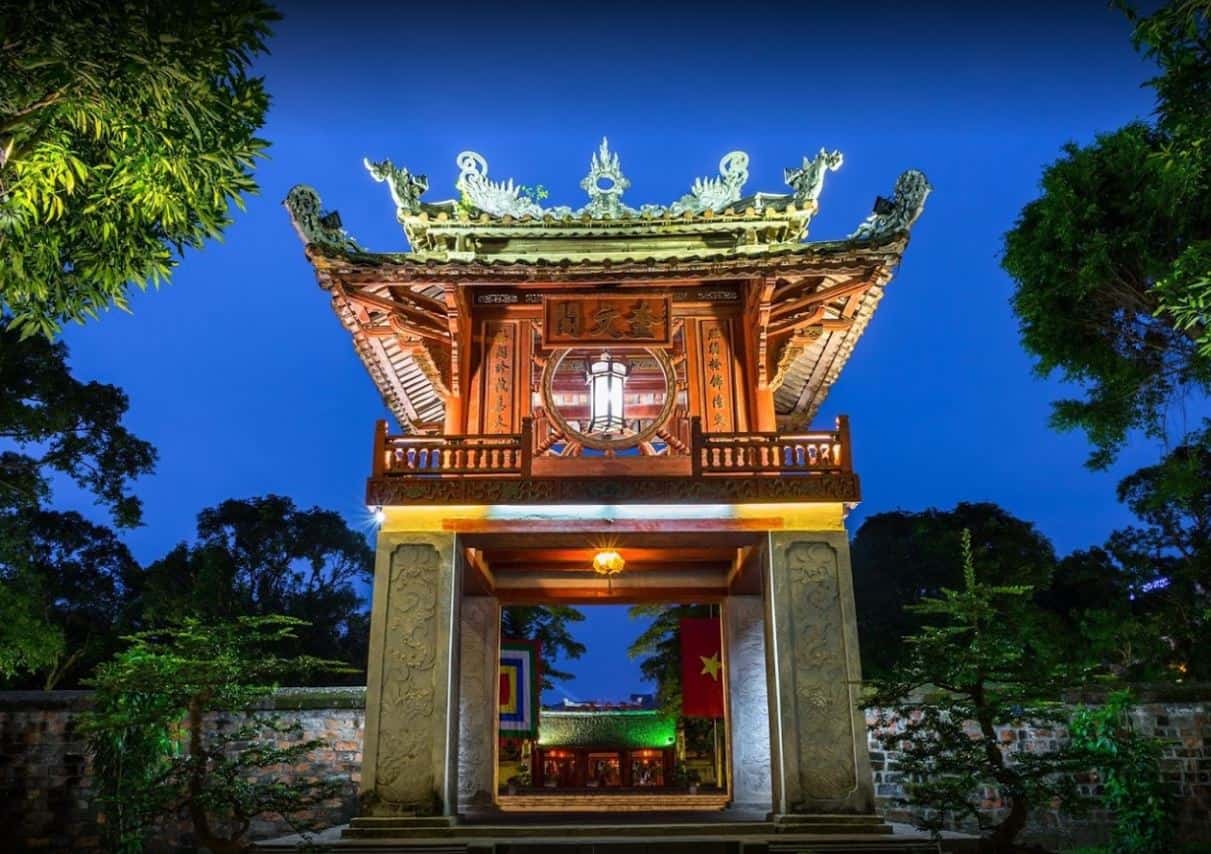
.png)
.png)






.png)
.png)

.png)
.png)
.png)
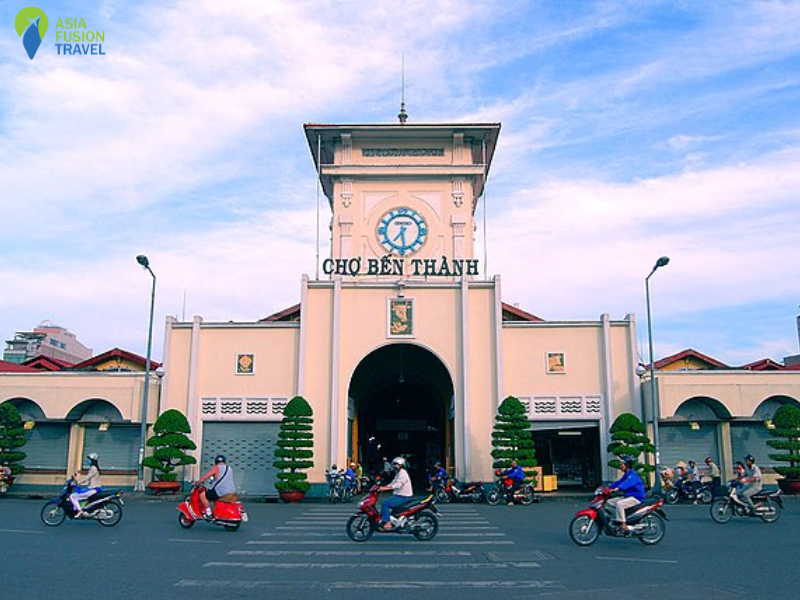

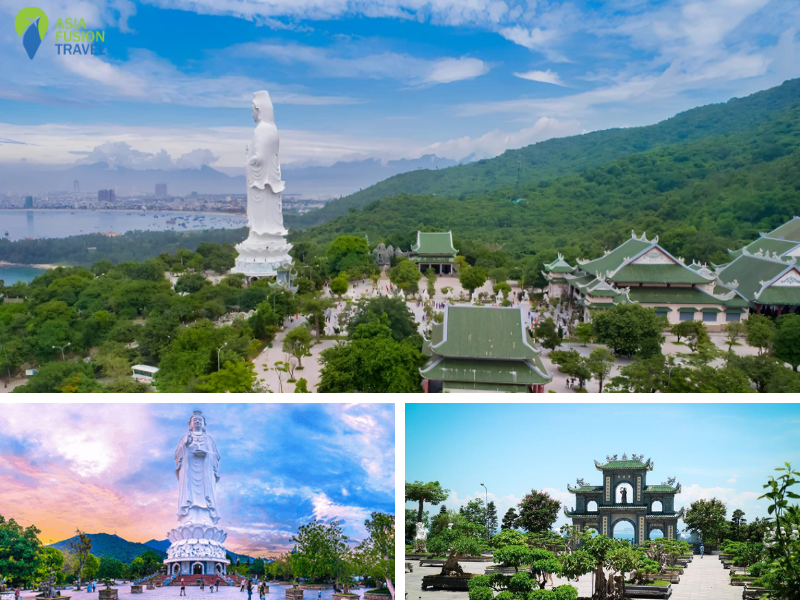
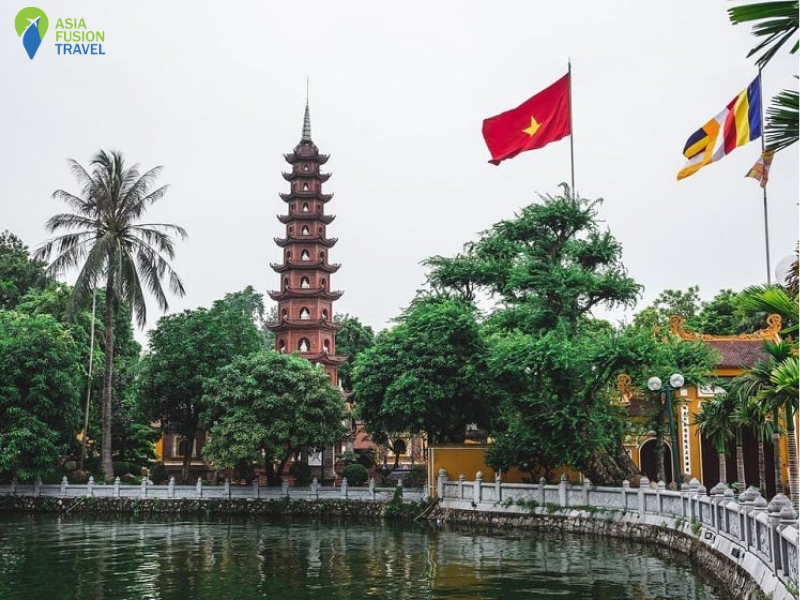
.png)
.png)
.png)
.png)
.png)
.png)
.png)
.png)
.png)
.png)
.png)

.png)
.png)
.png)
.png)
.png)
.png)
(1).png)
.png)
.png)
.png)
.png)
.png)
.png)
.png)
.png)
.png)
.png)
.png)
.png)
.png)
.png)

.png)
.png)
.png)
.png)
.png)
.png)

.png)


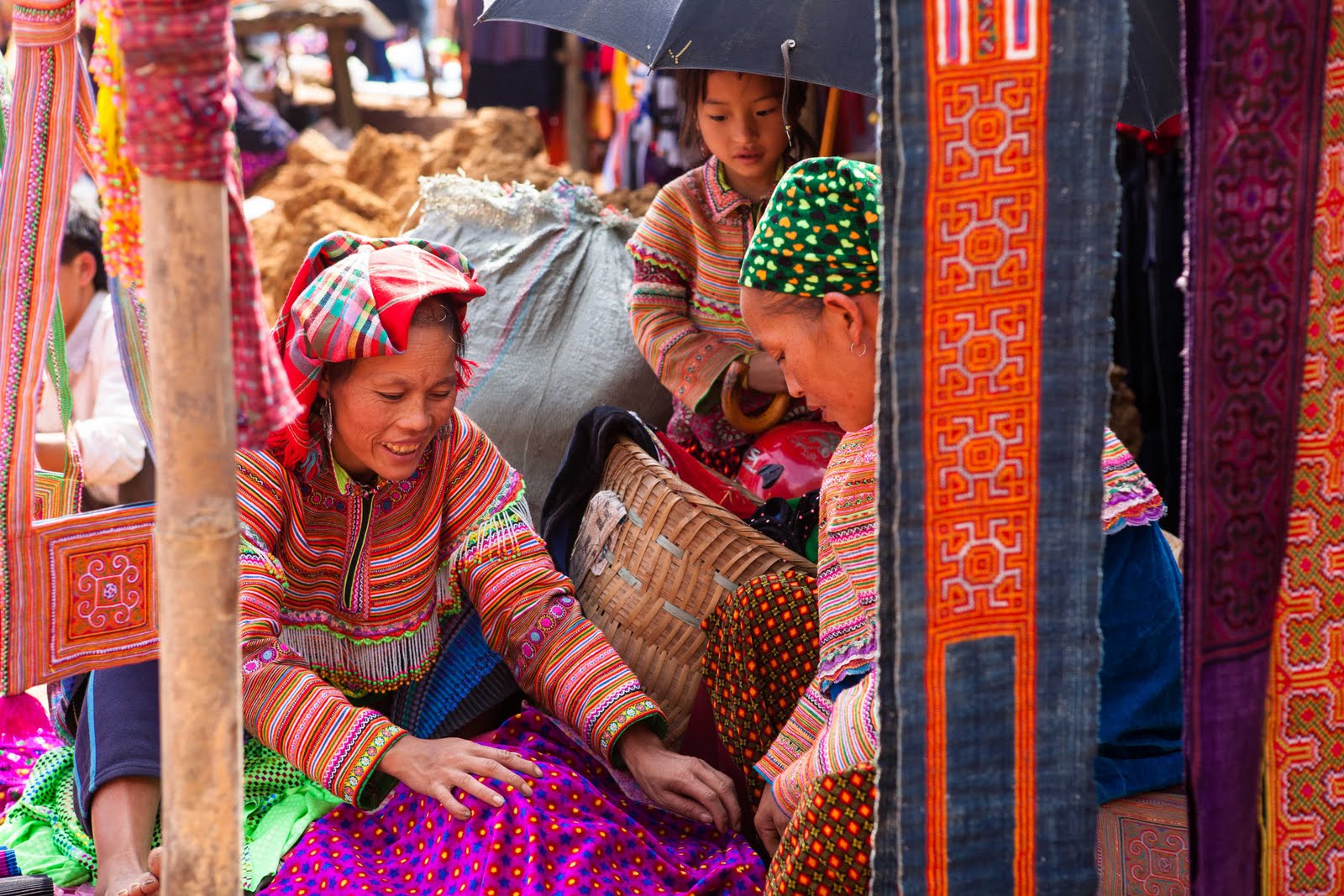
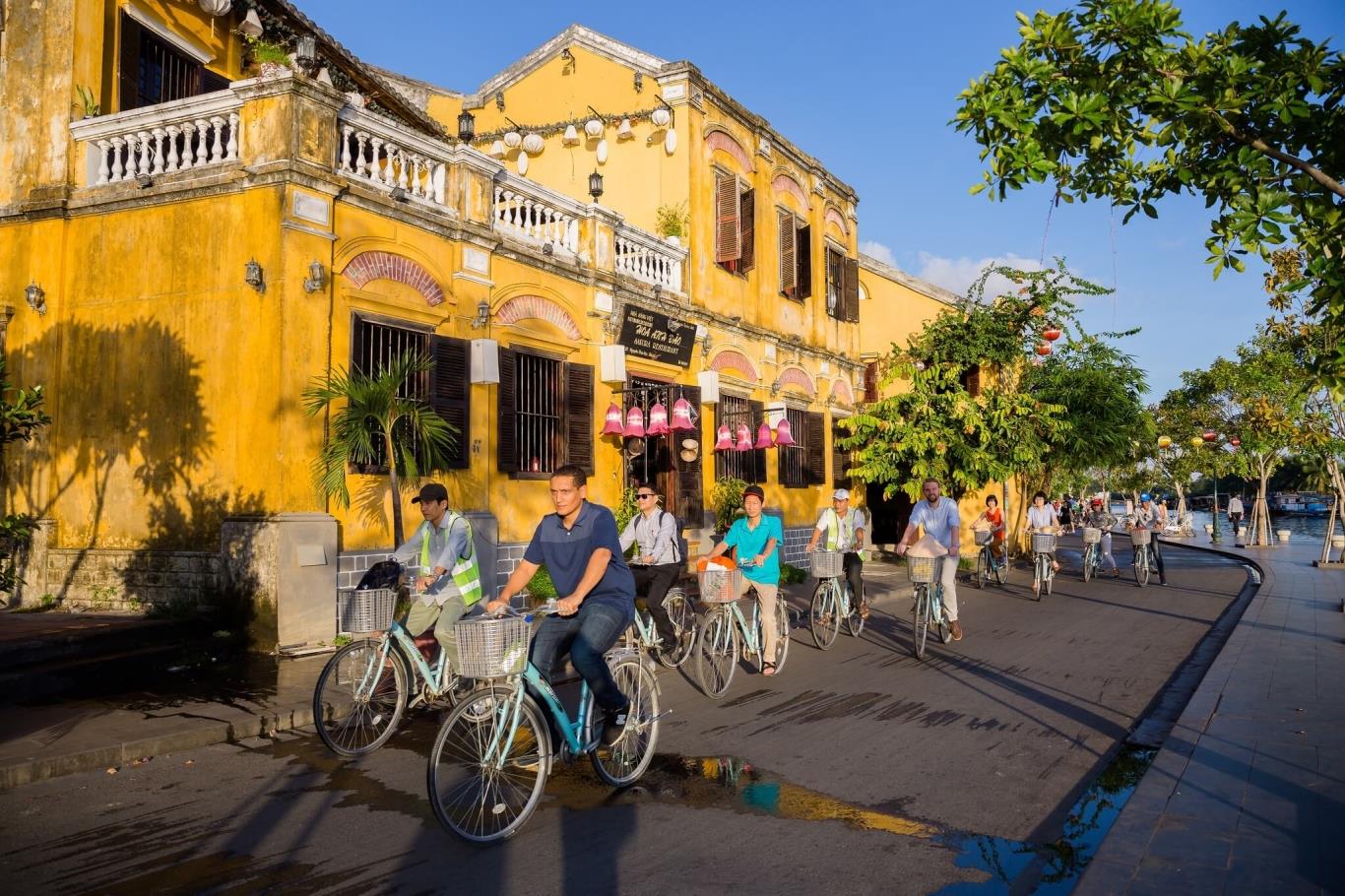










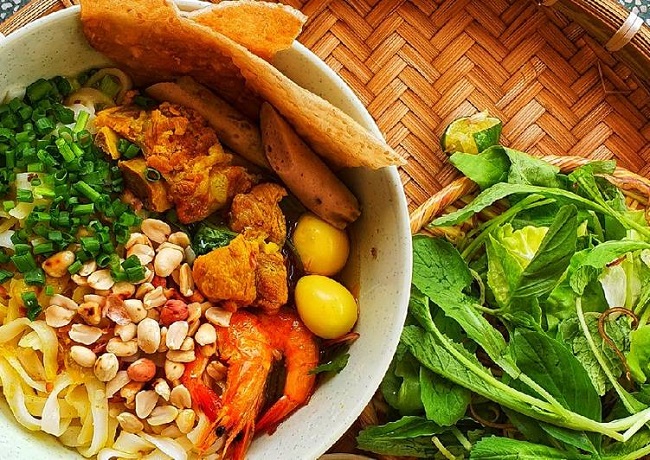

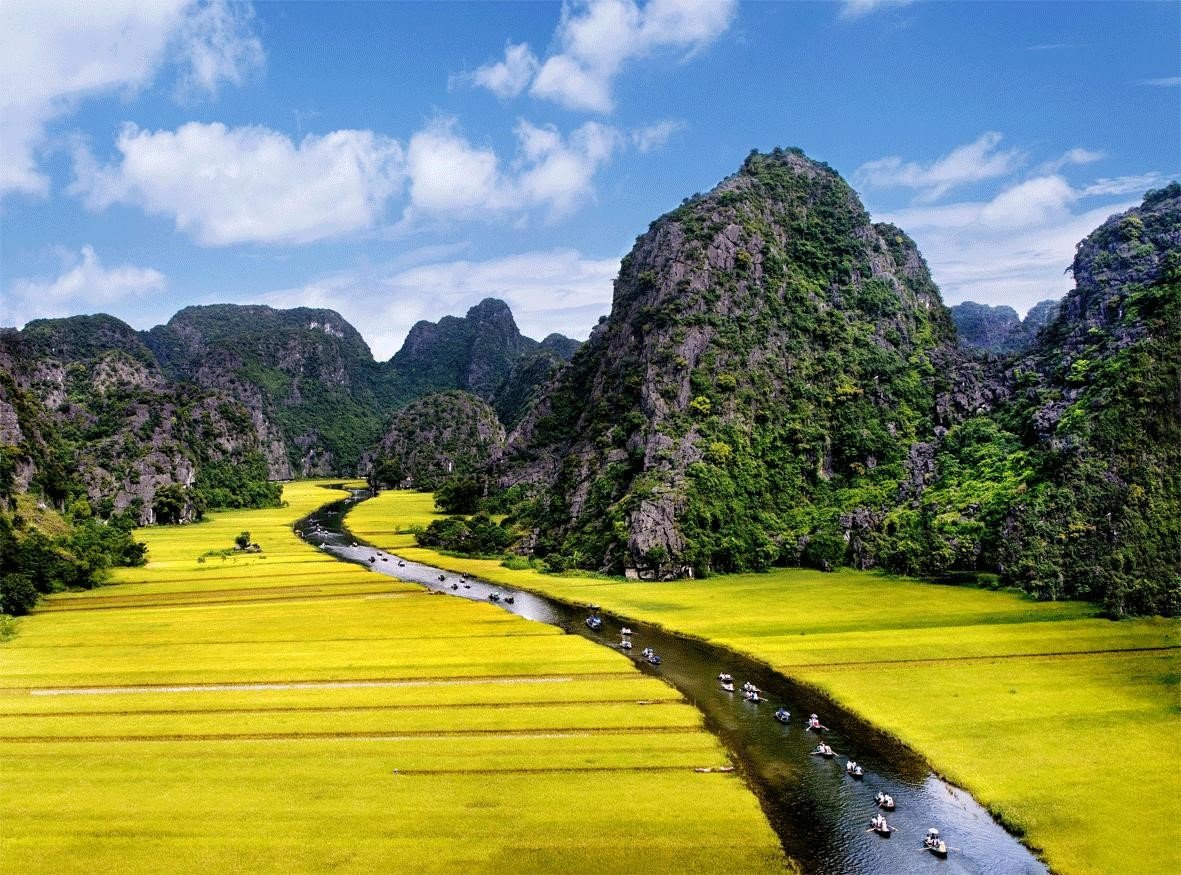



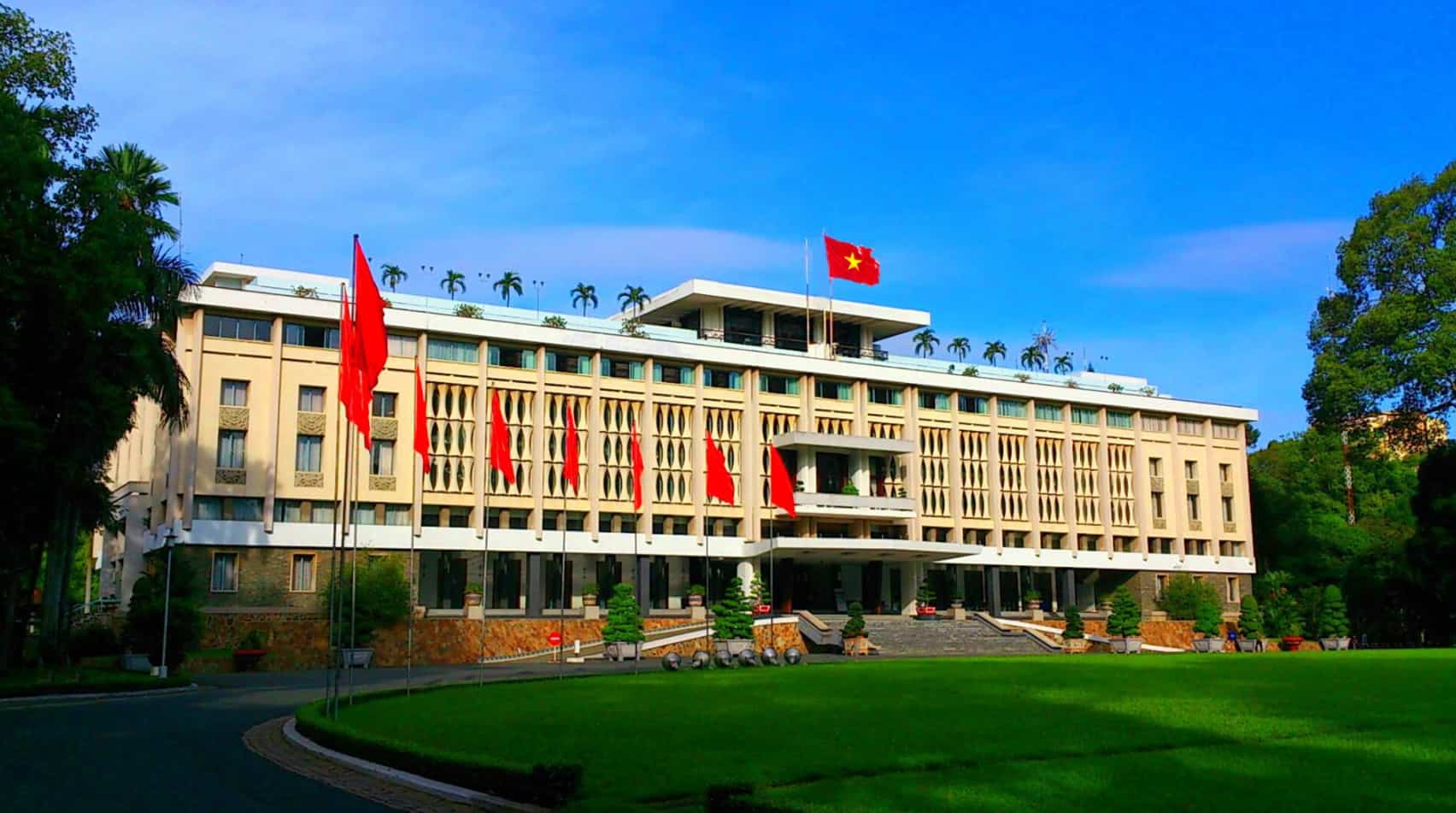


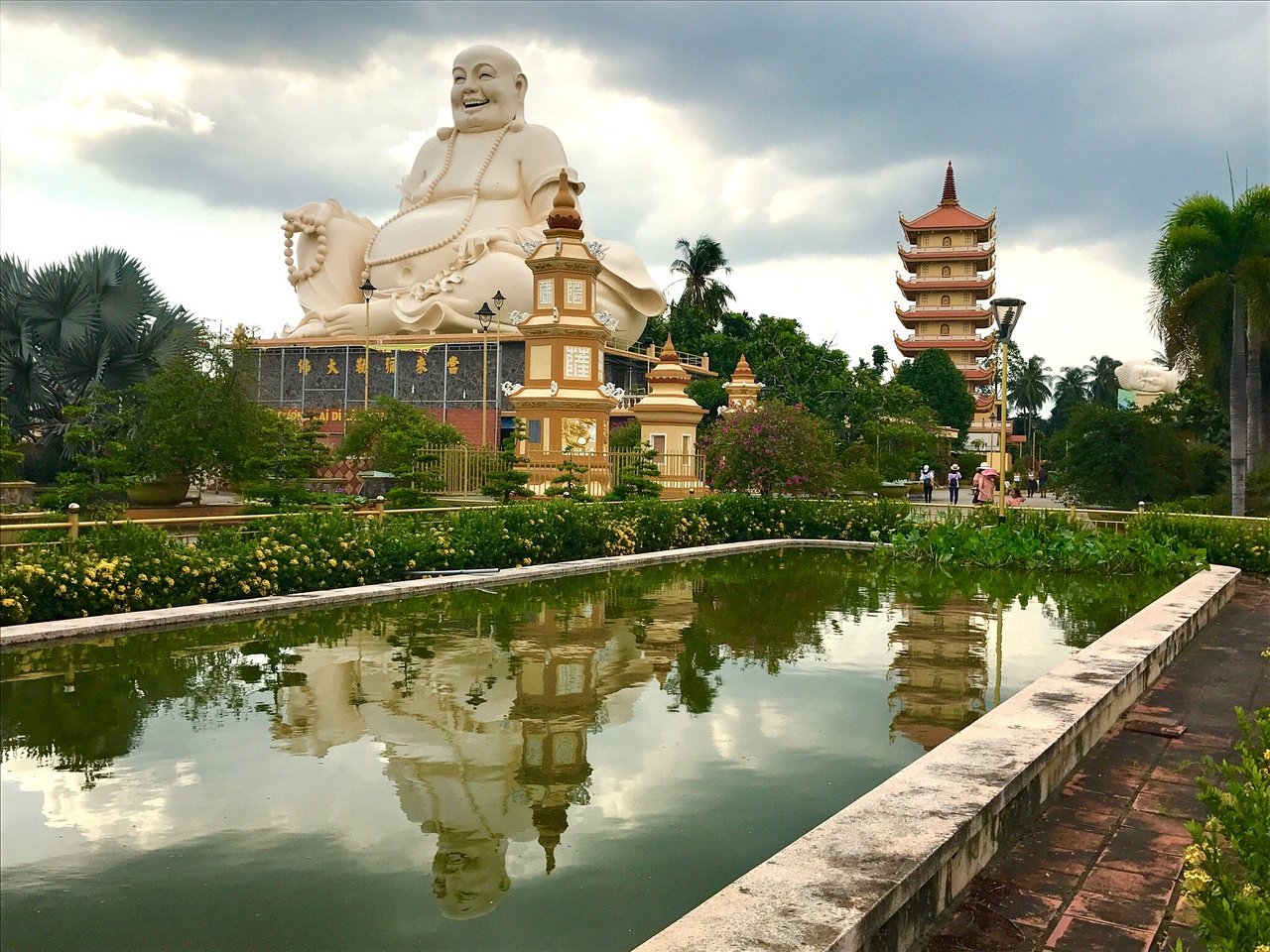

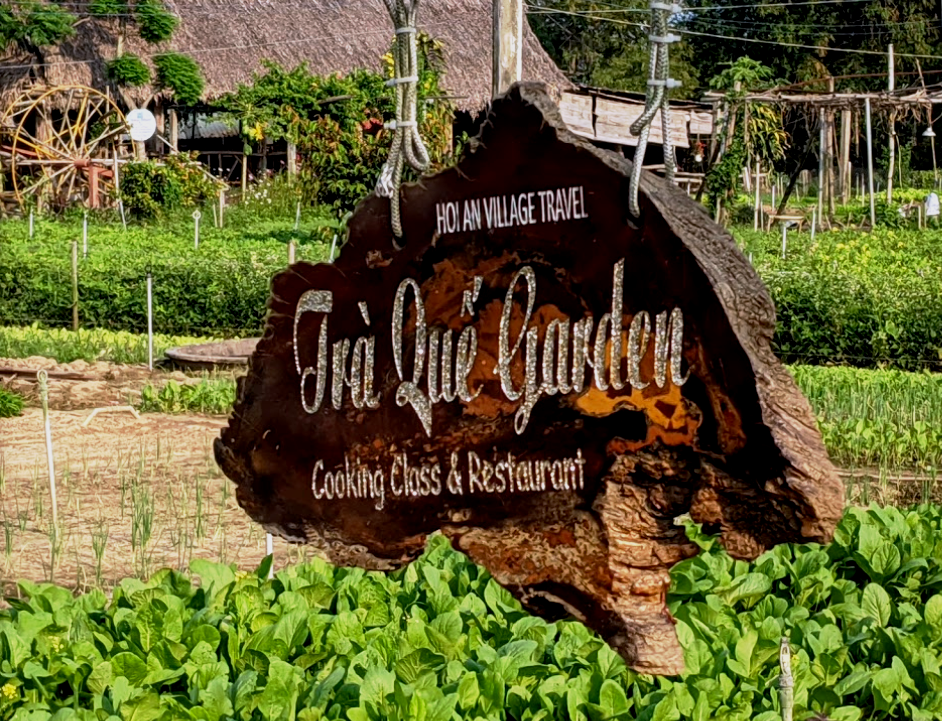

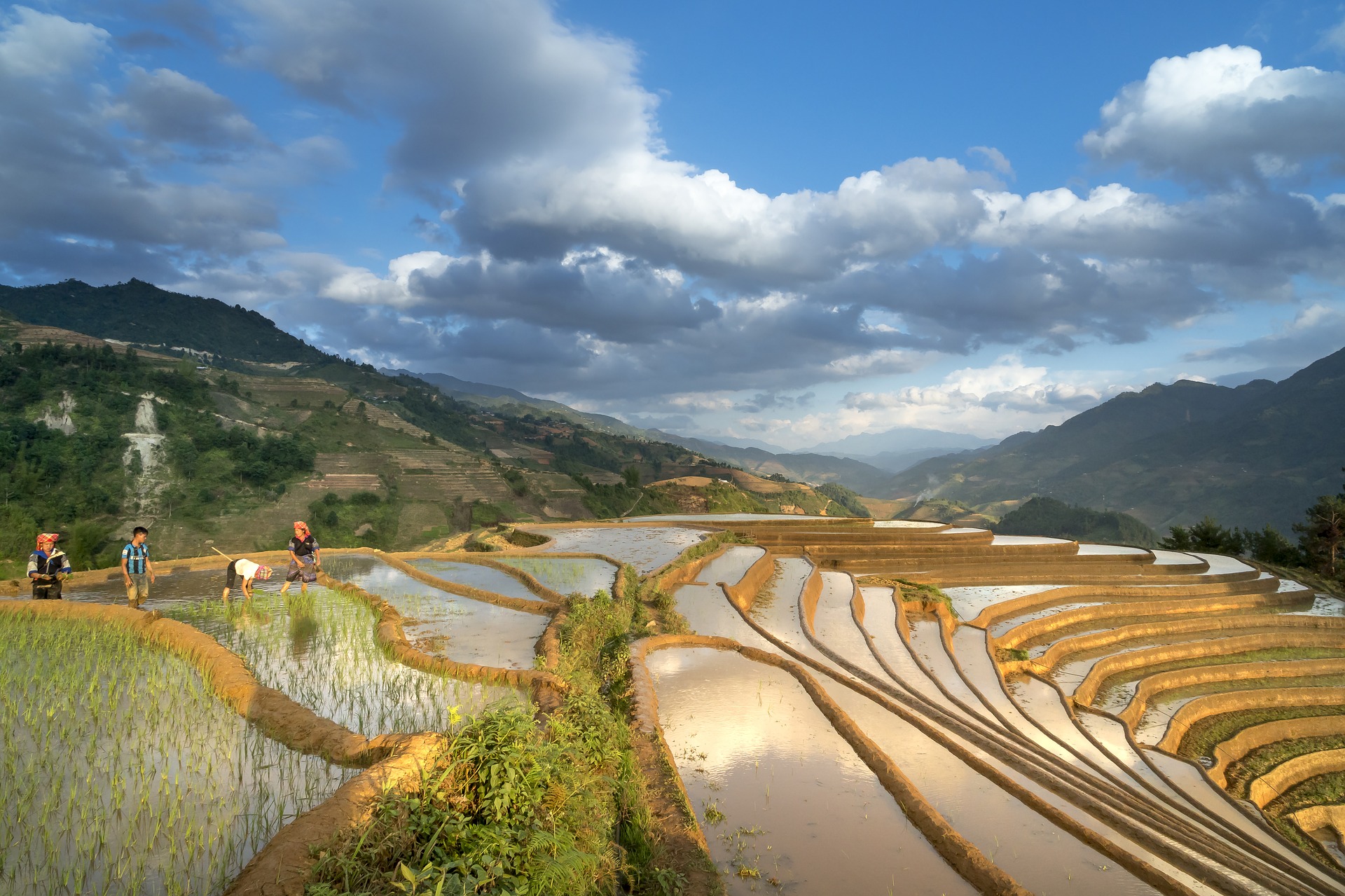
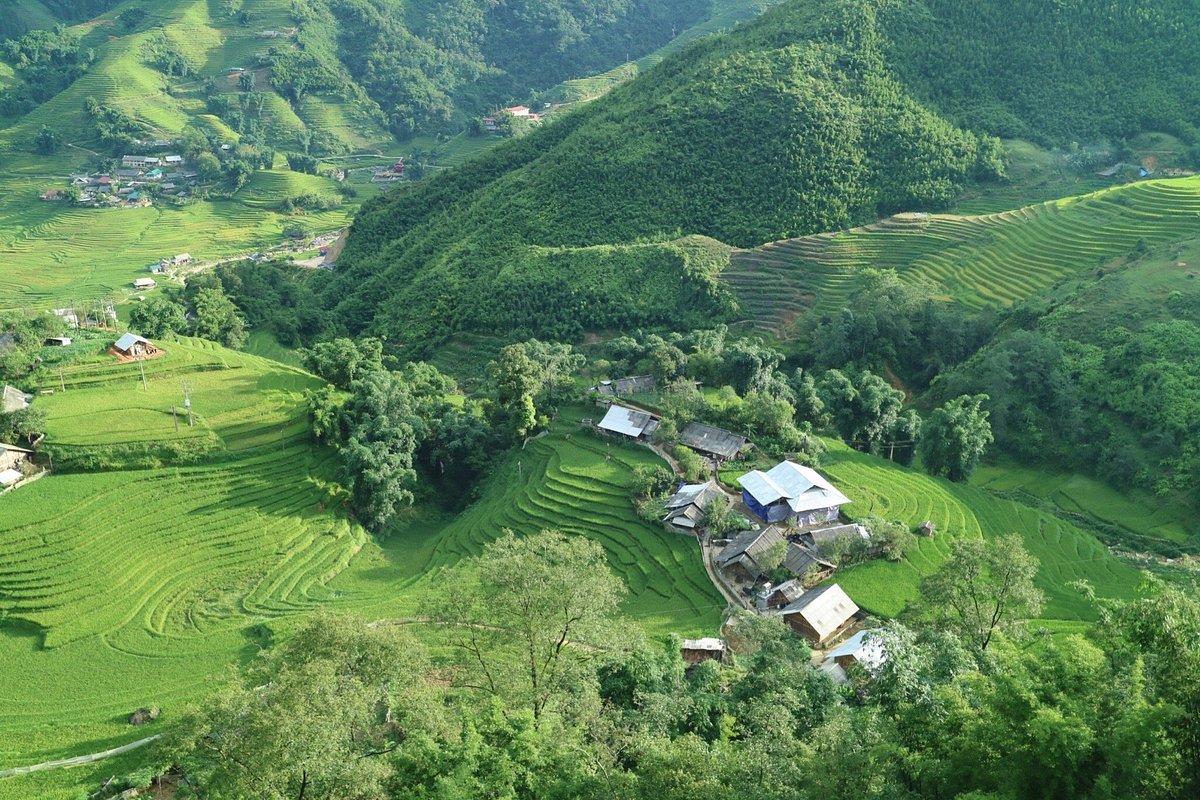
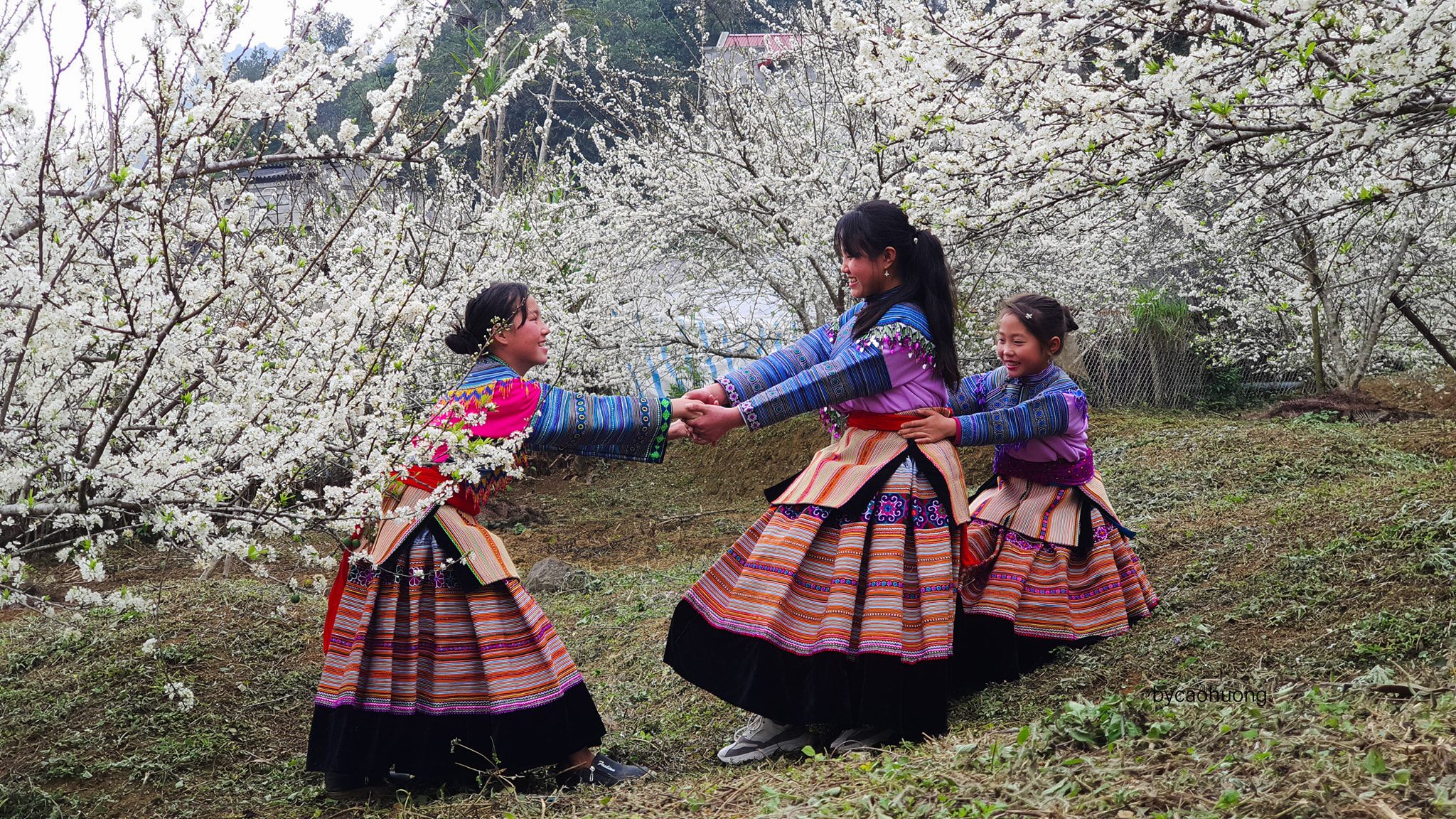
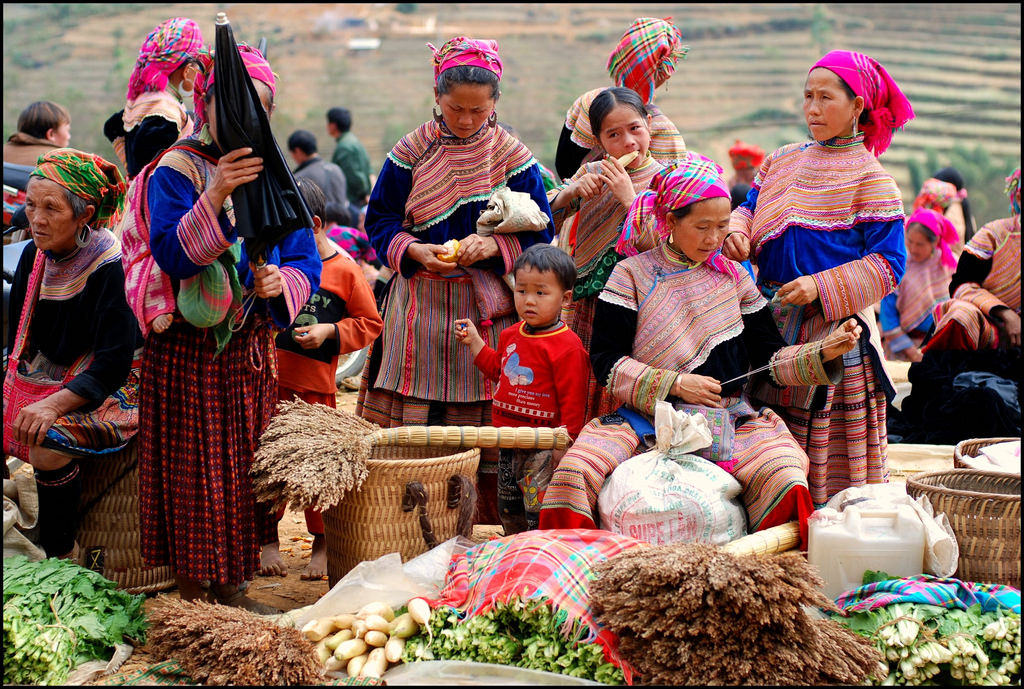



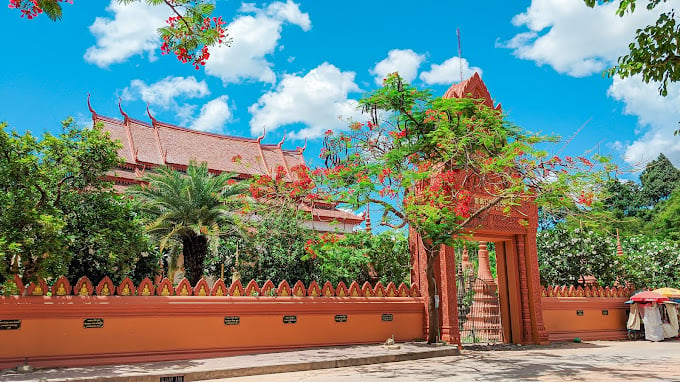
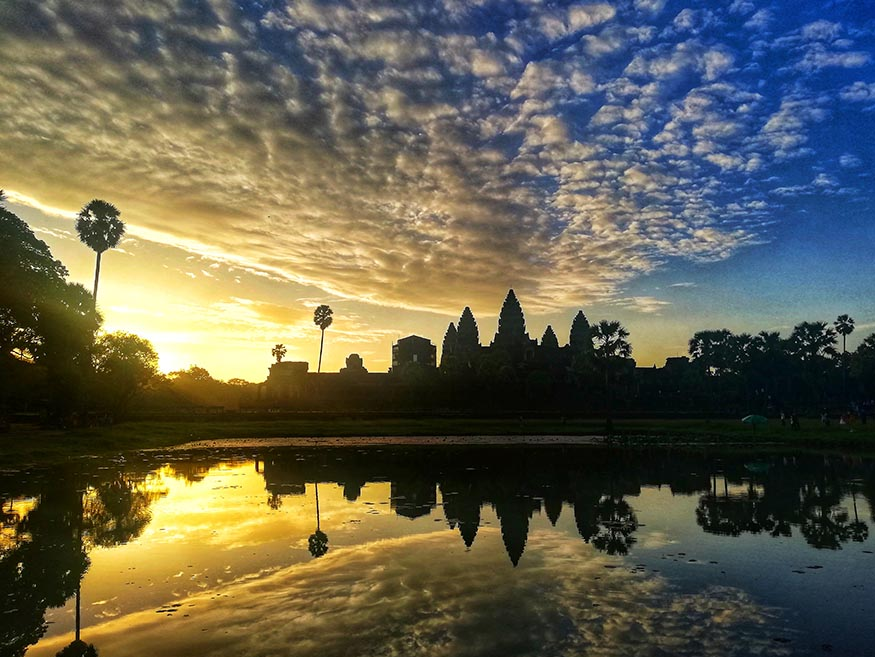


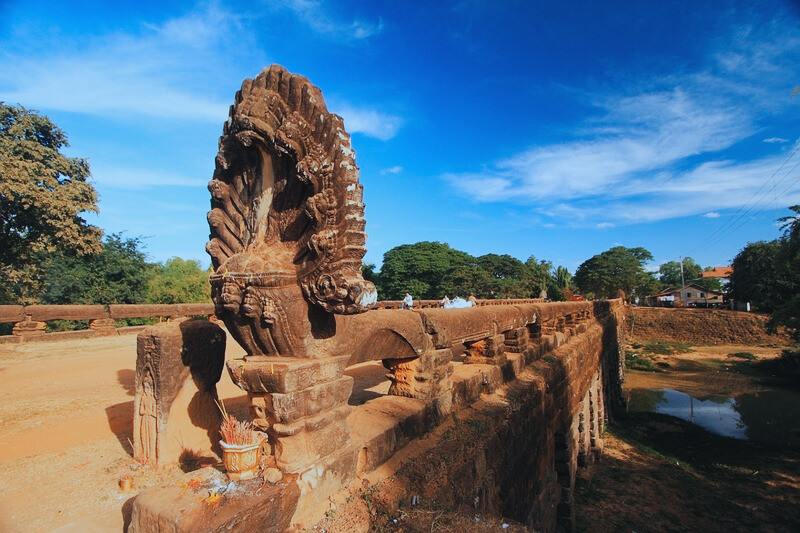
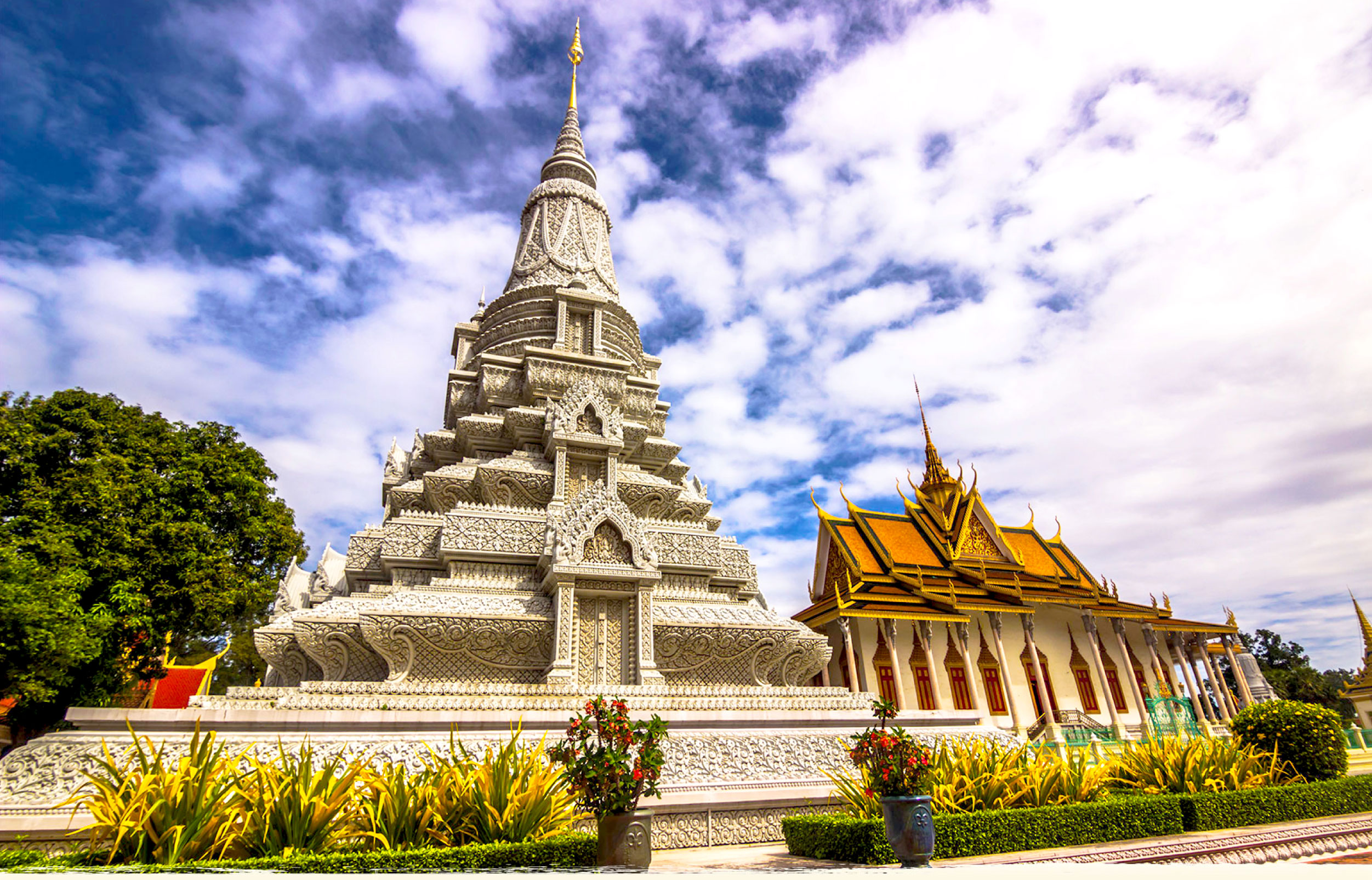
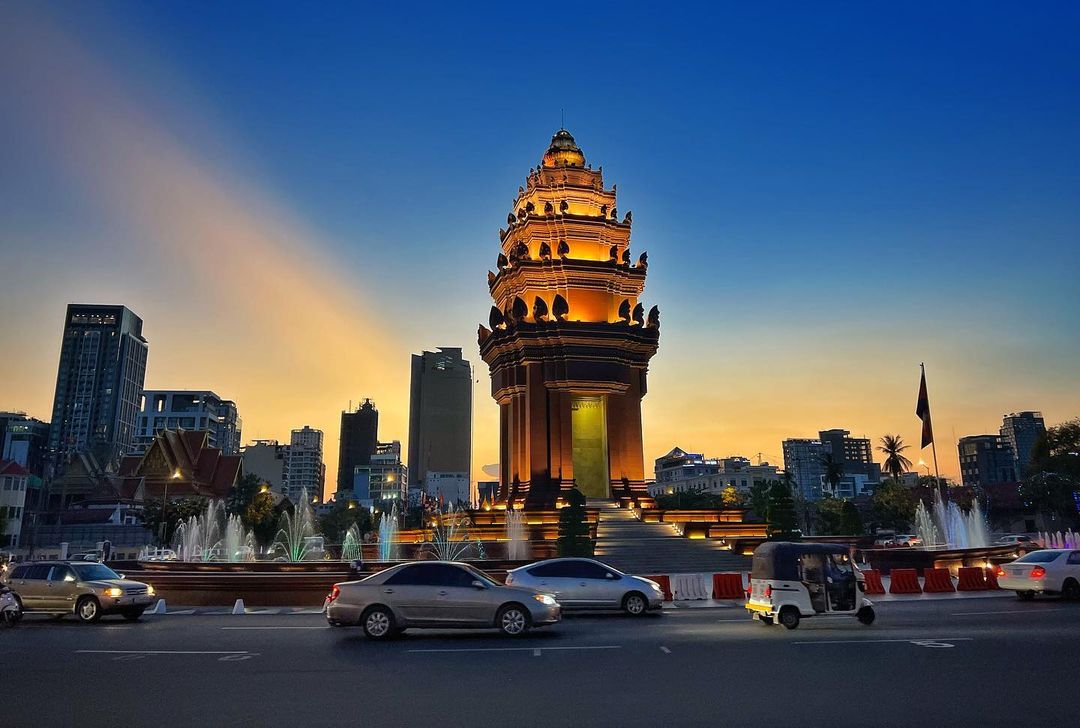
.jpg)


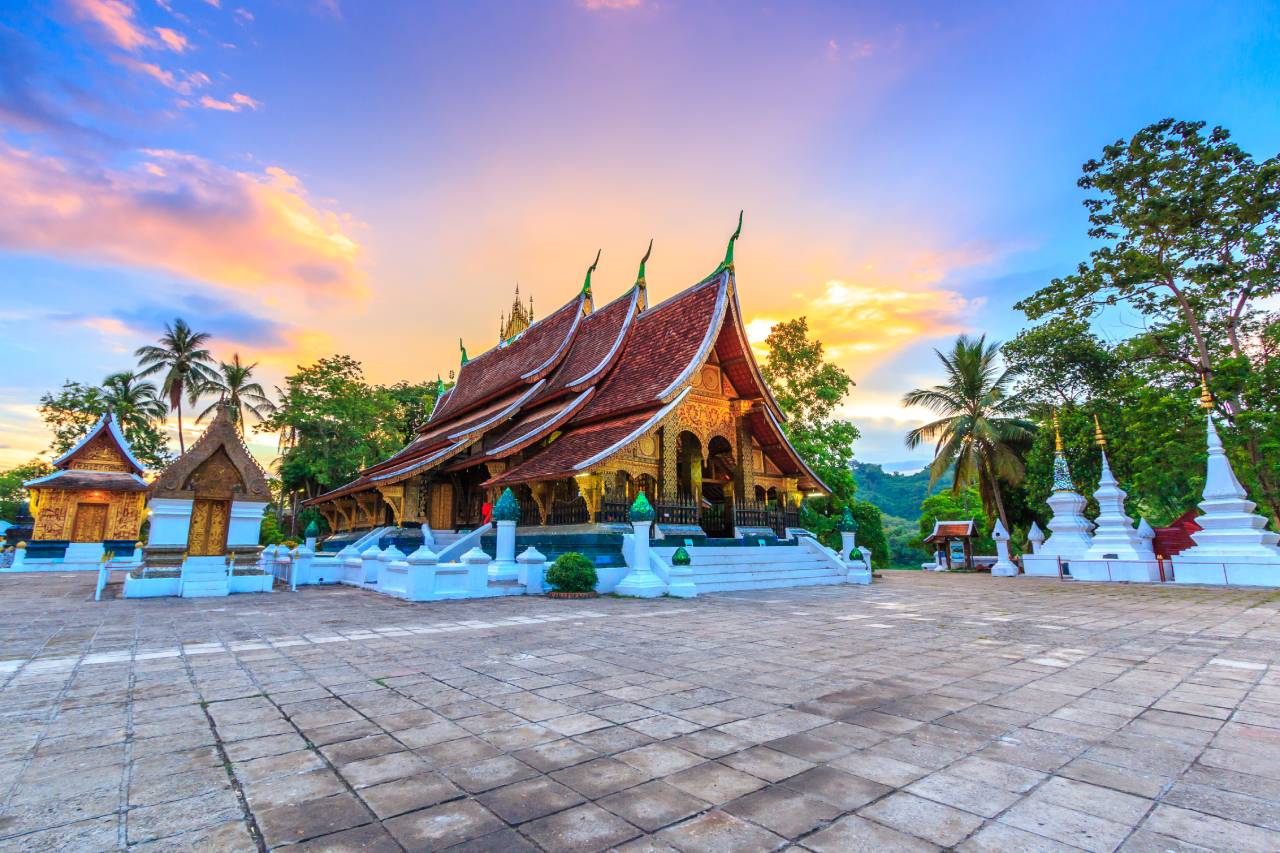
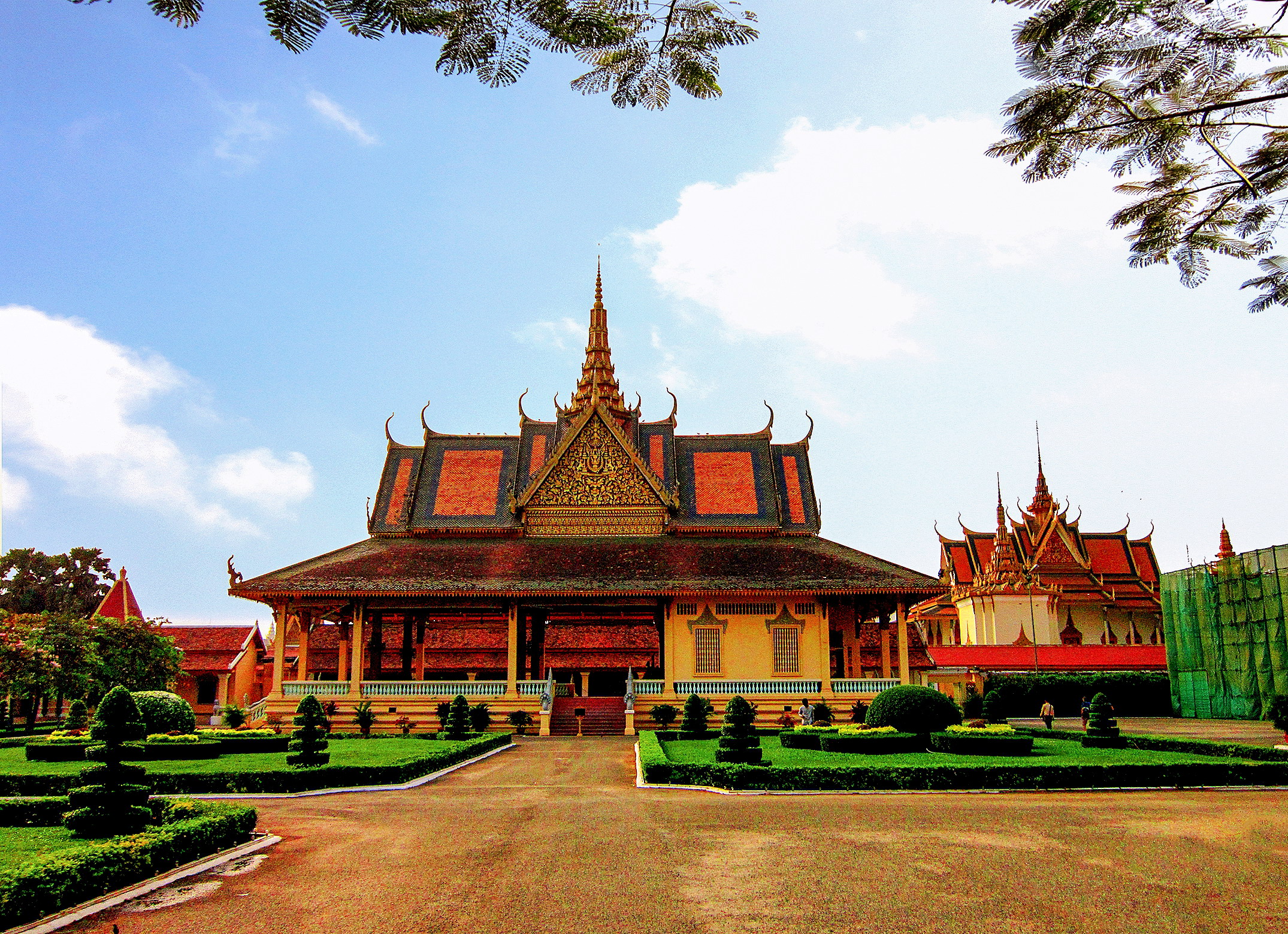
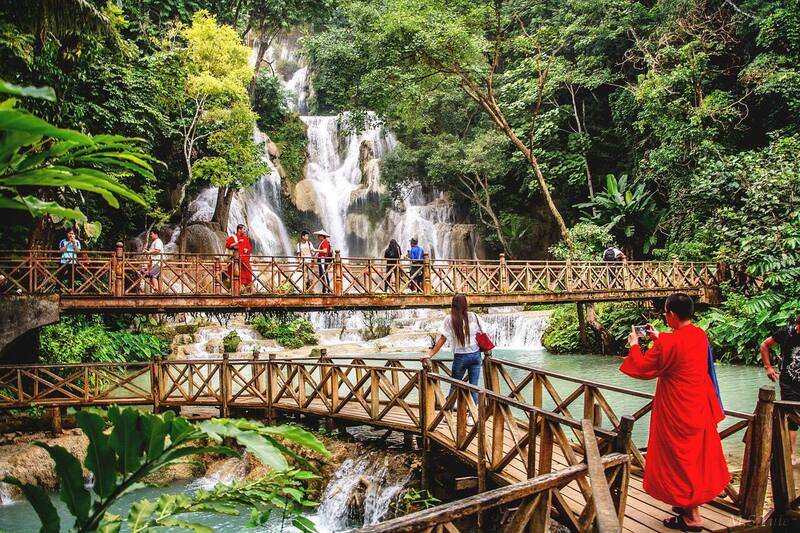
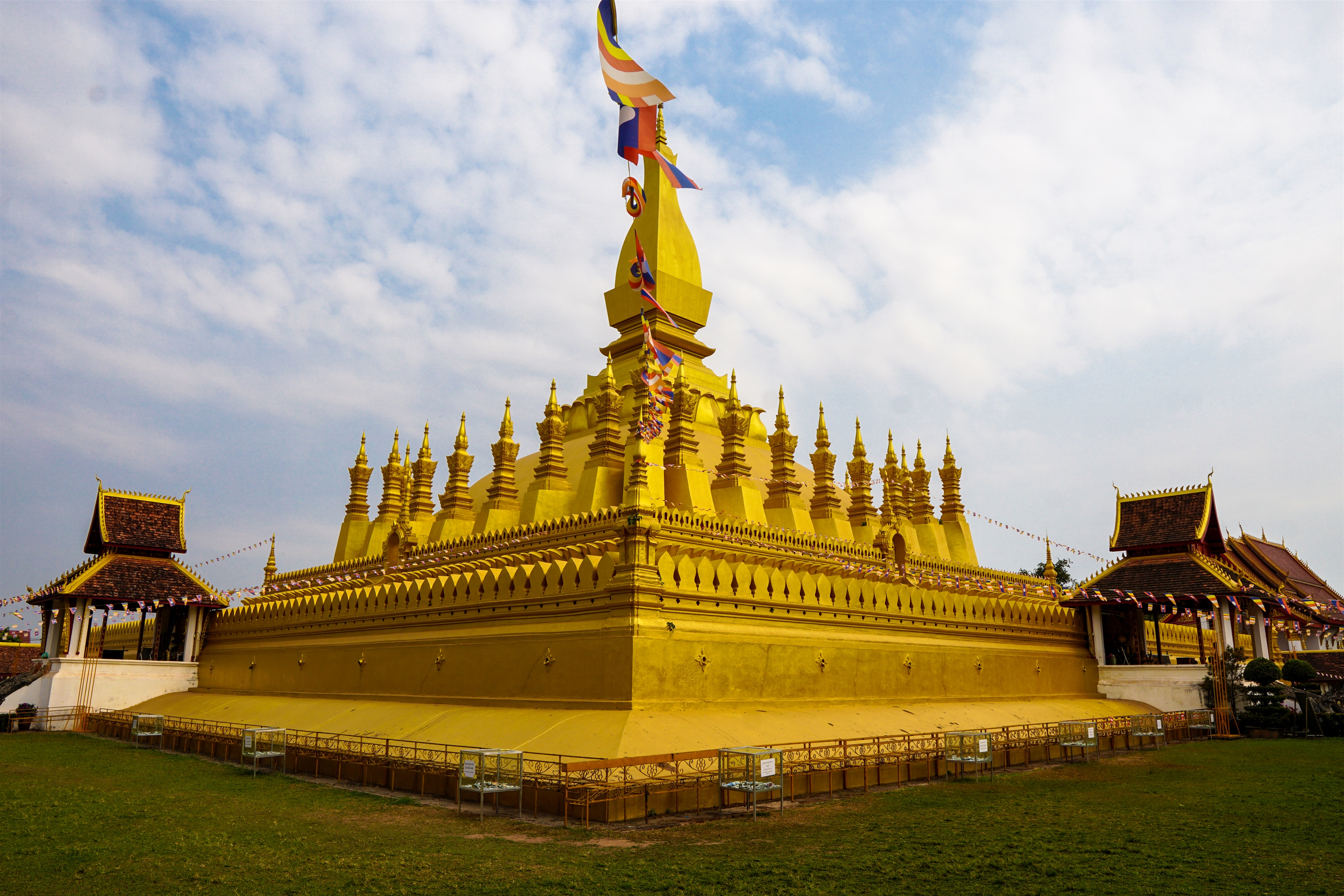

.jpg)
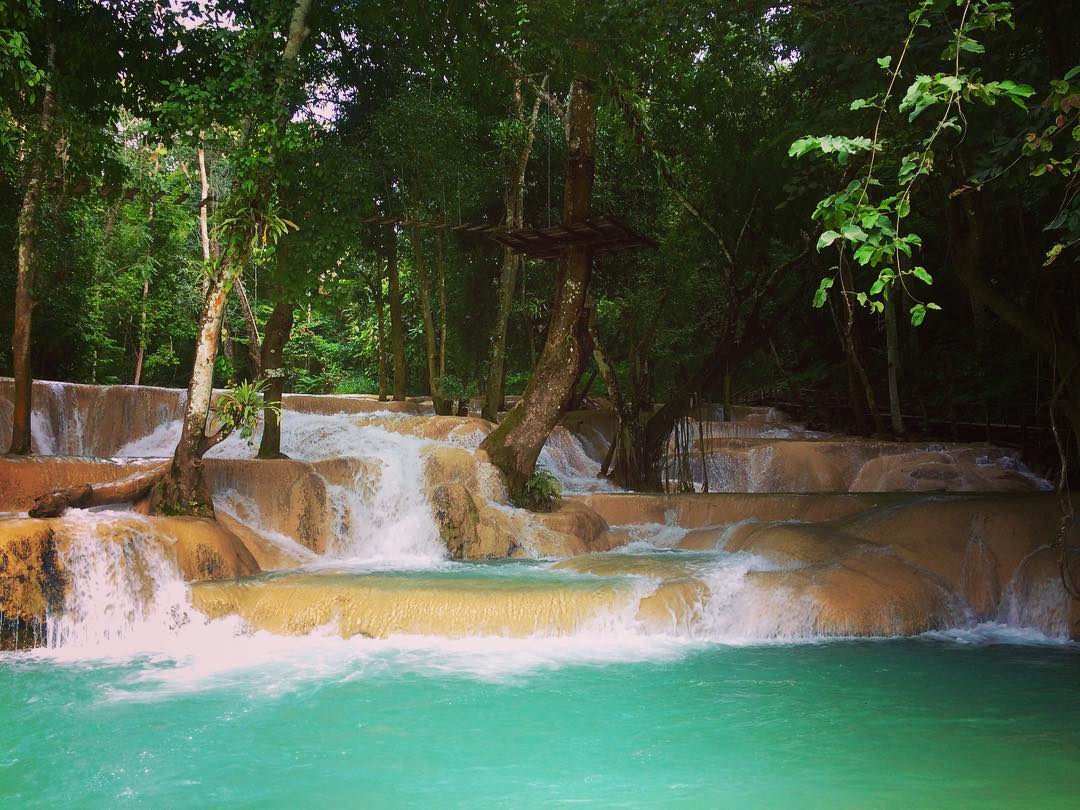
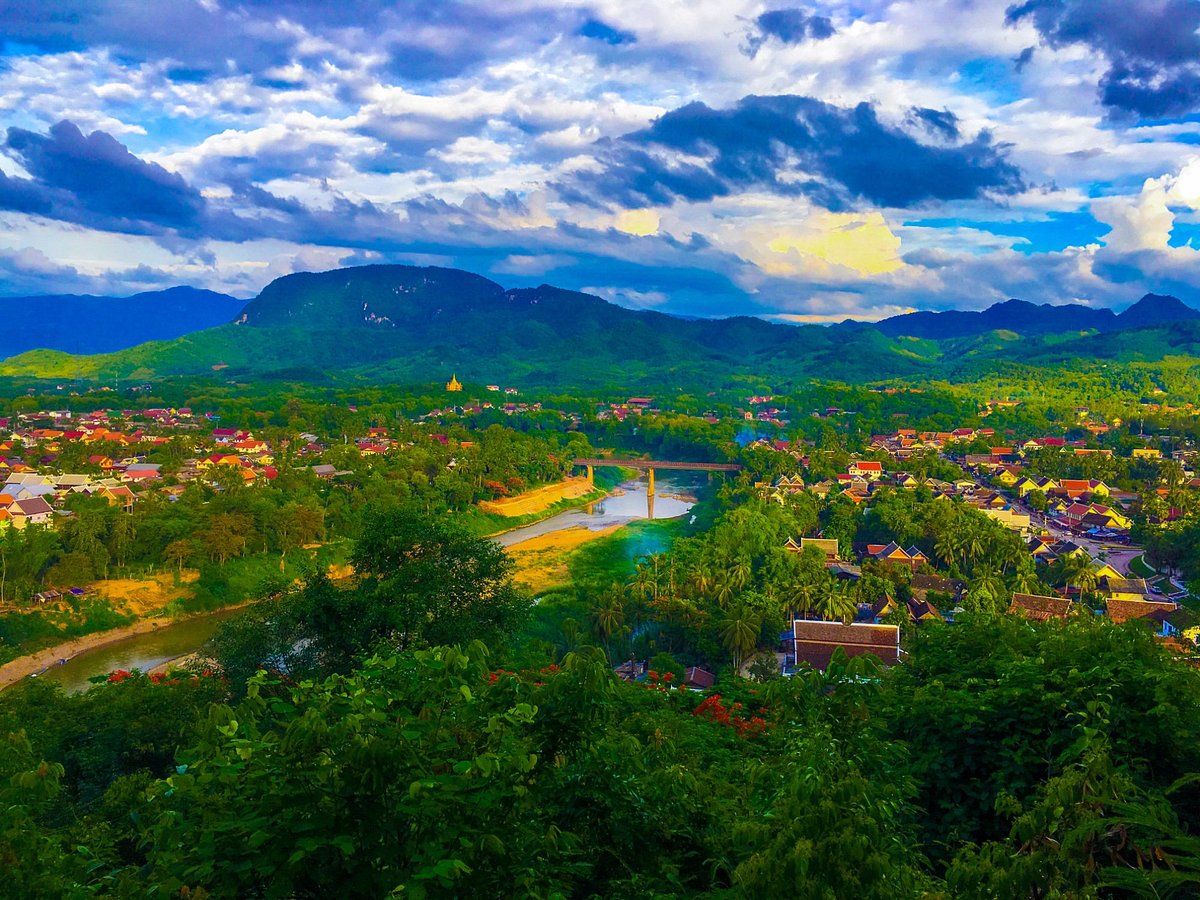

.jpg)
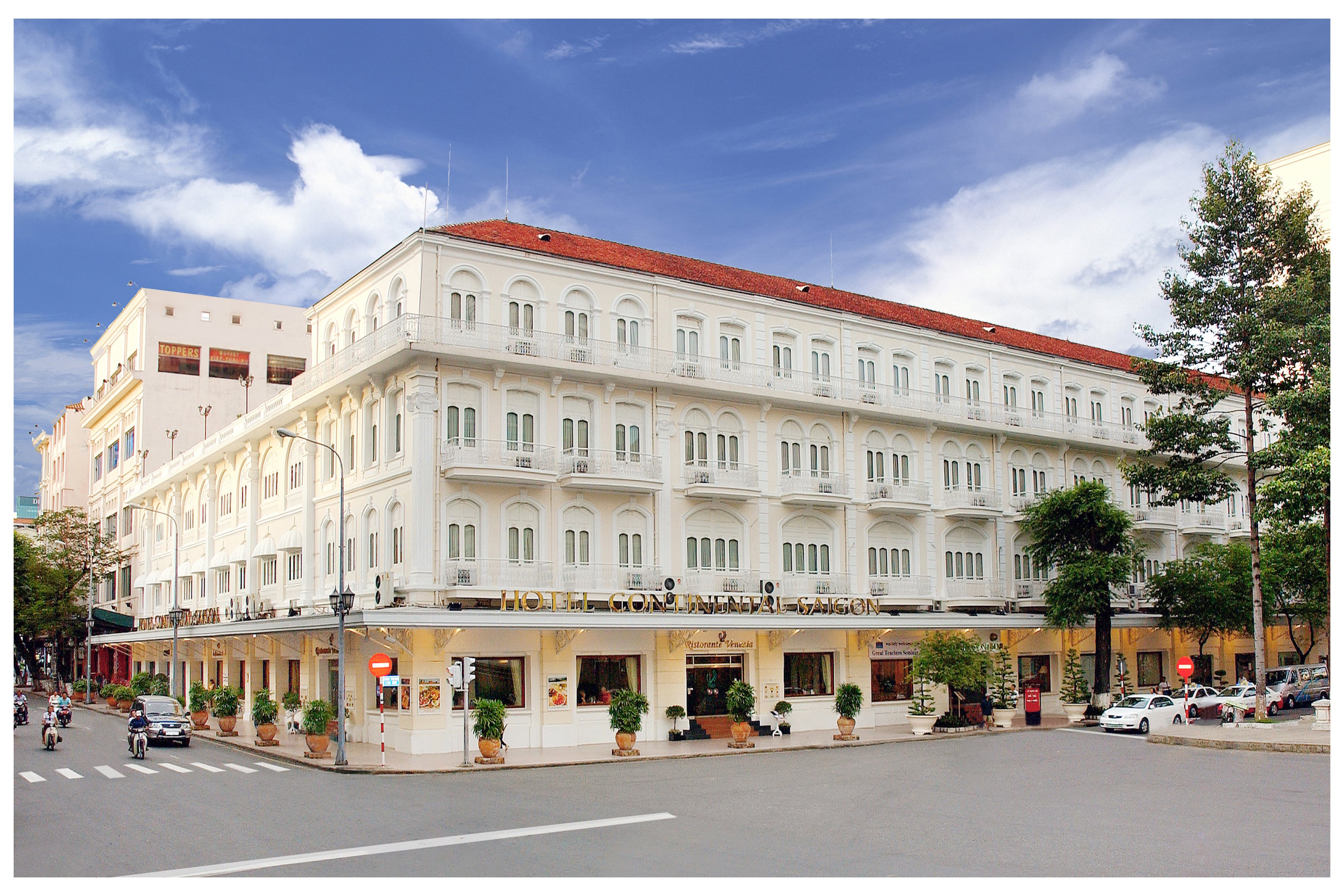


.png)


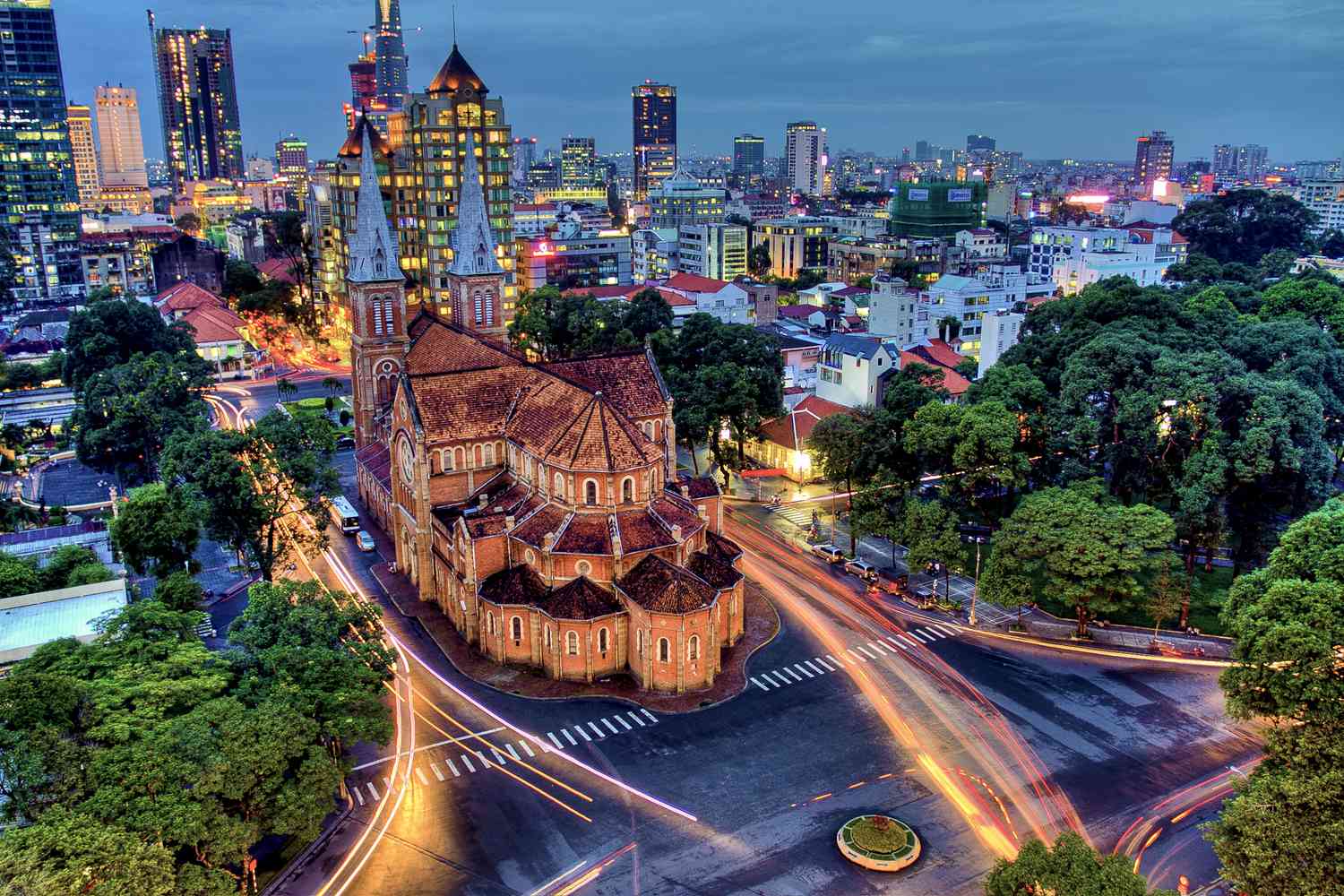

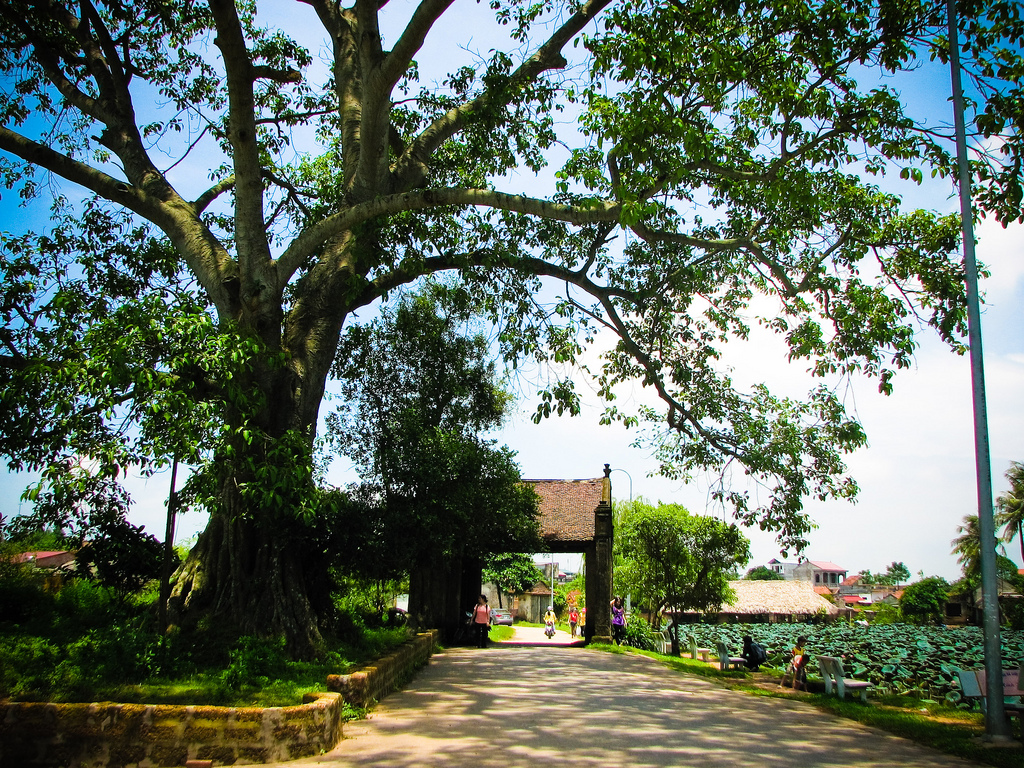



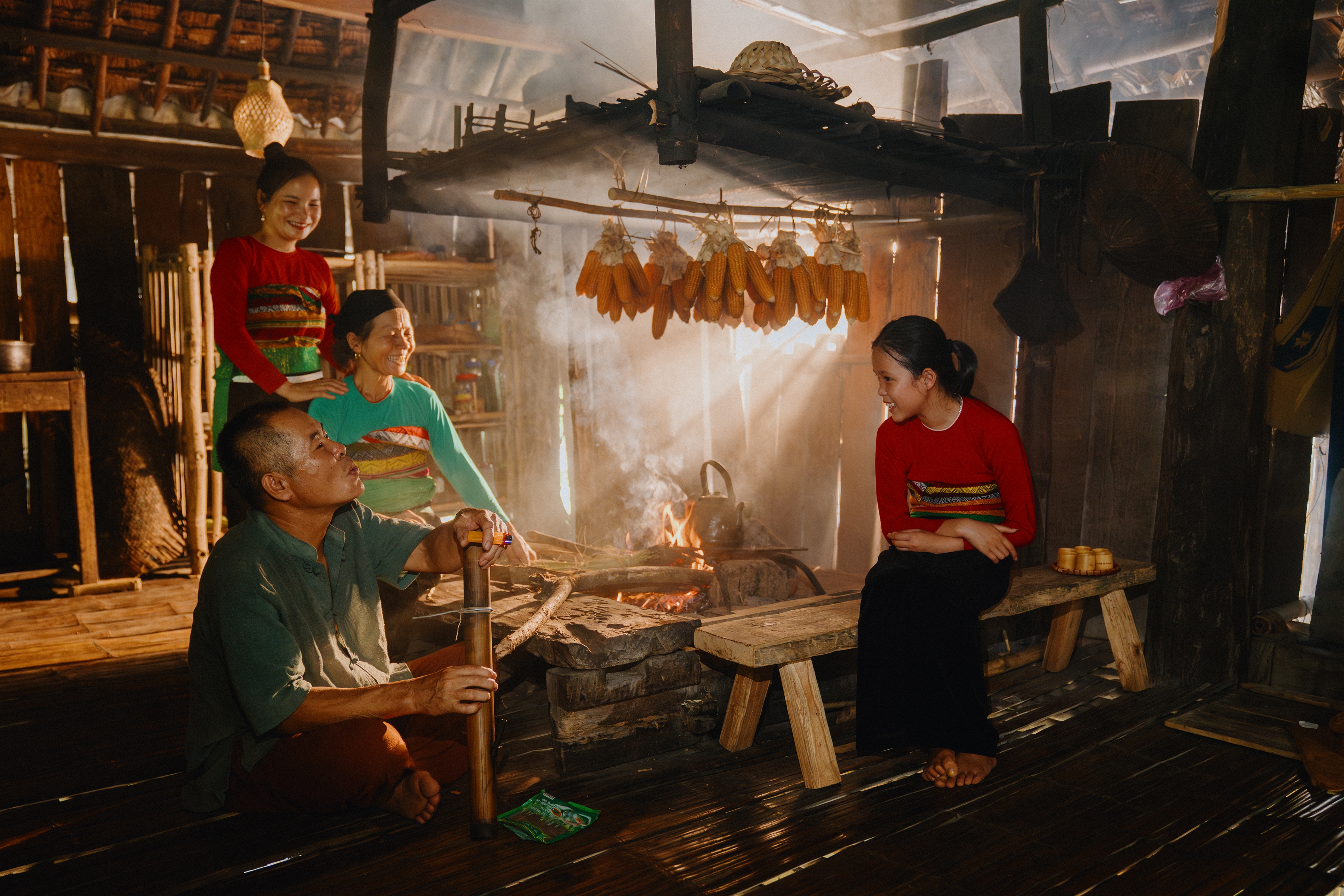
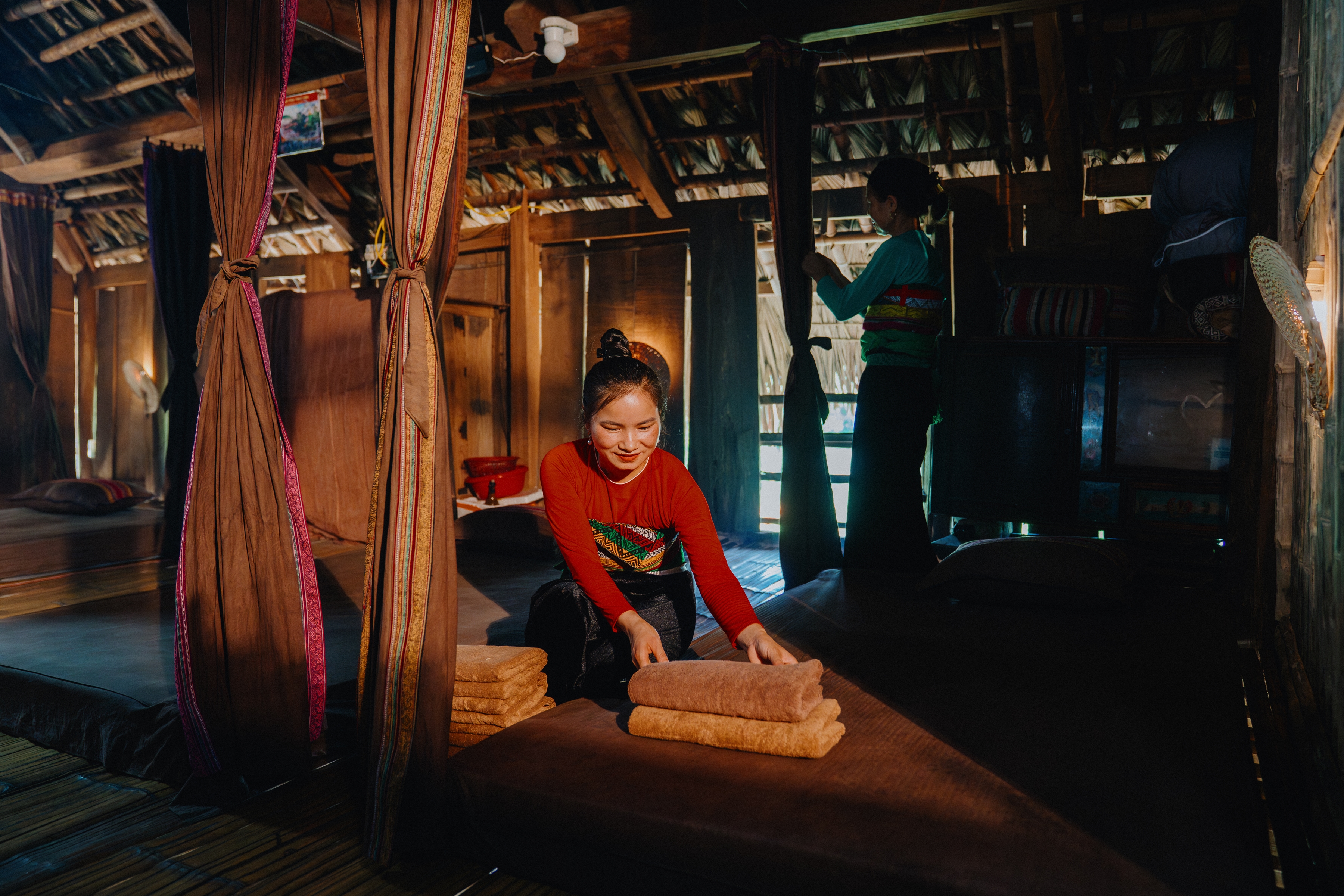
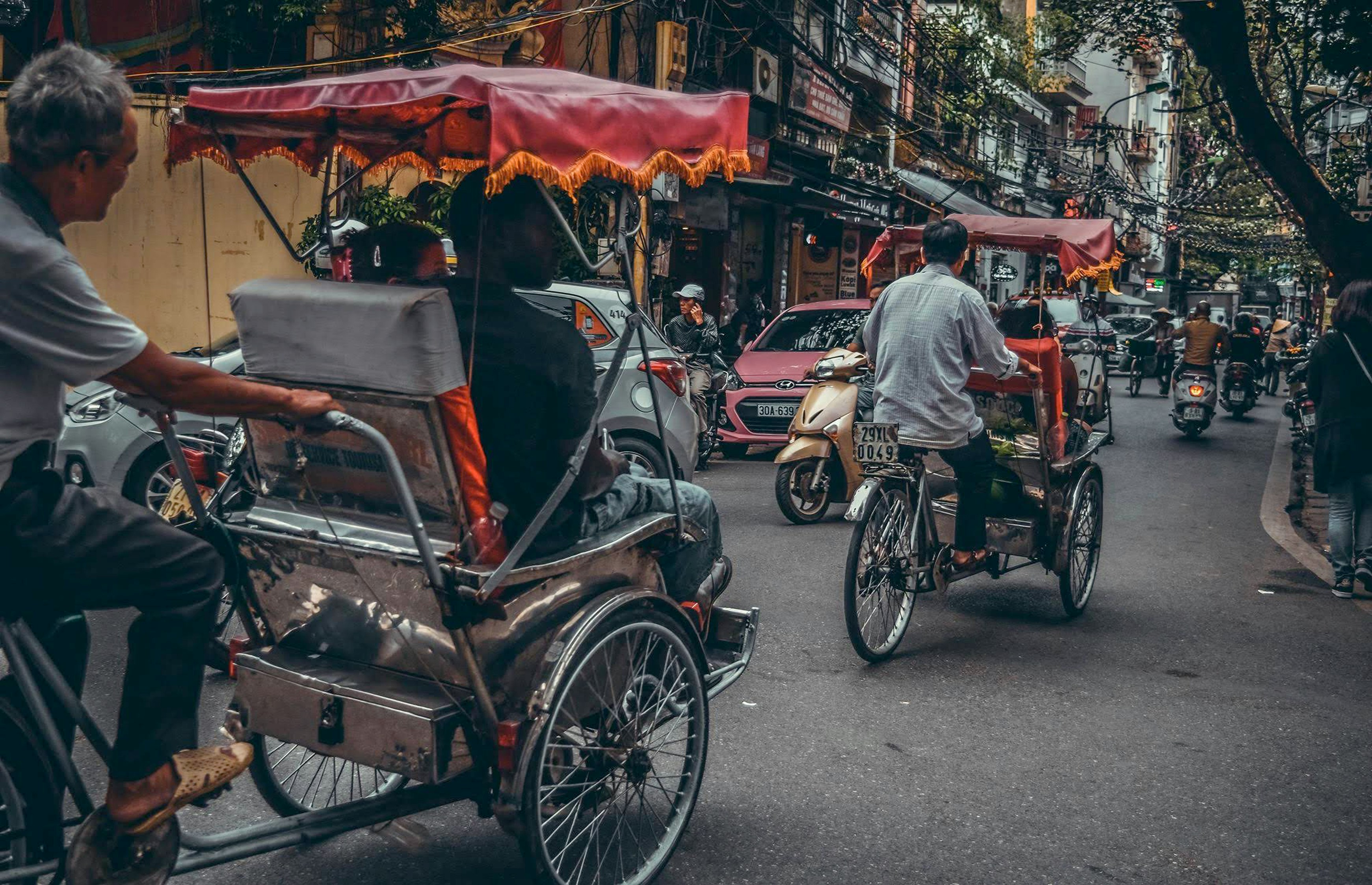
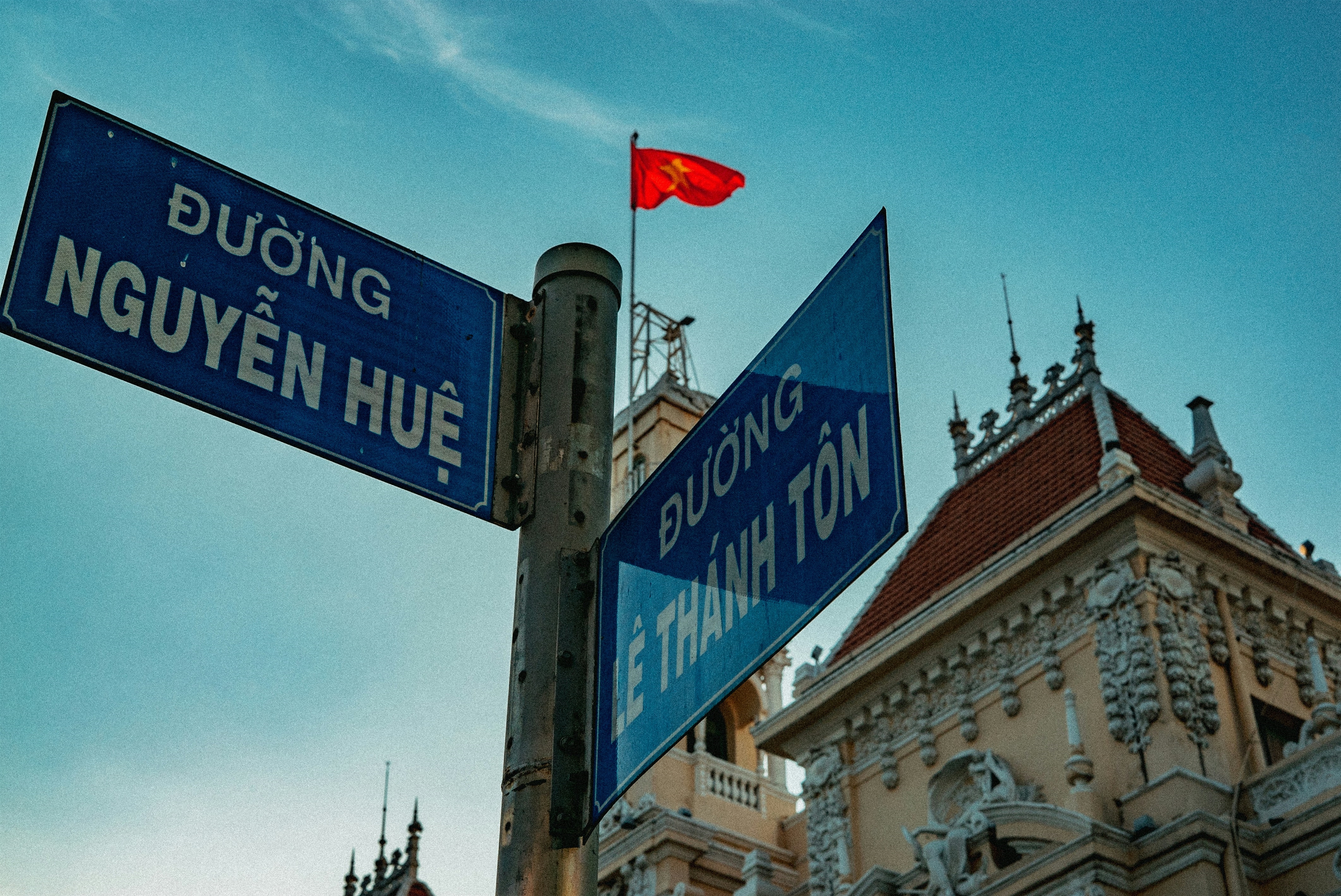

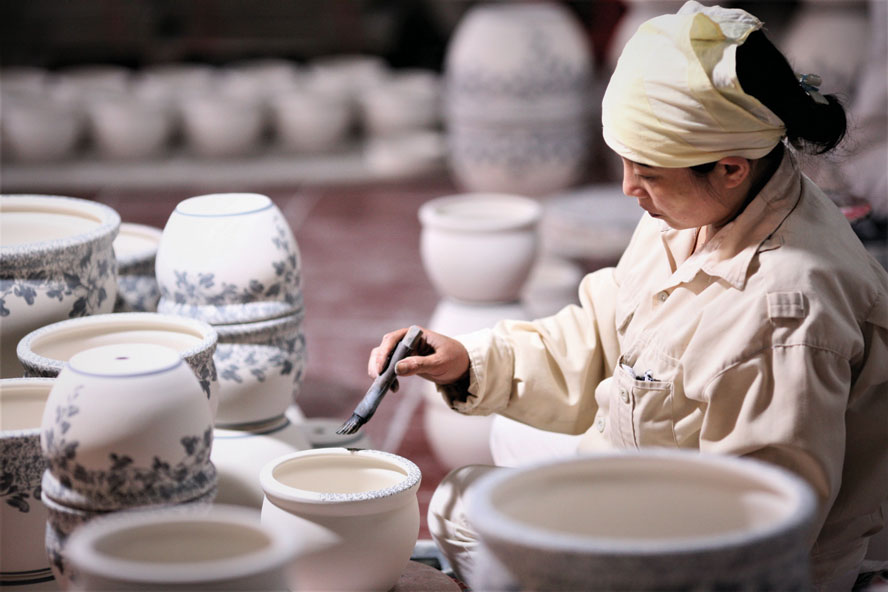

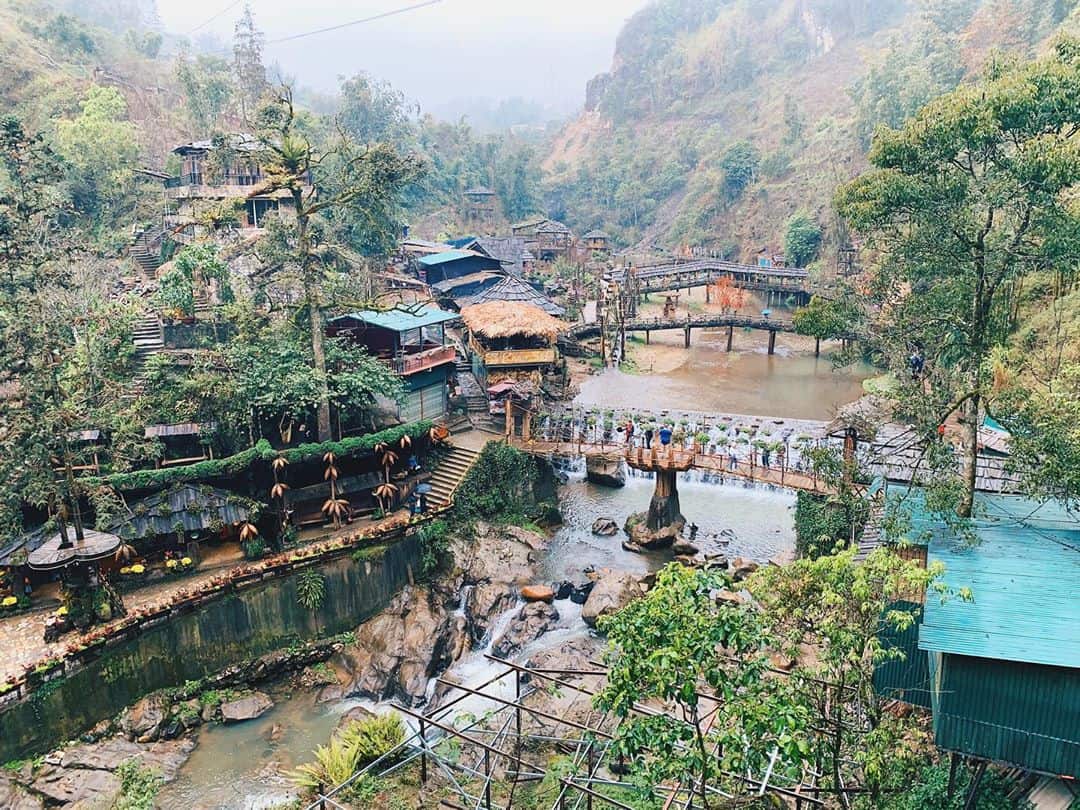
.jpg)
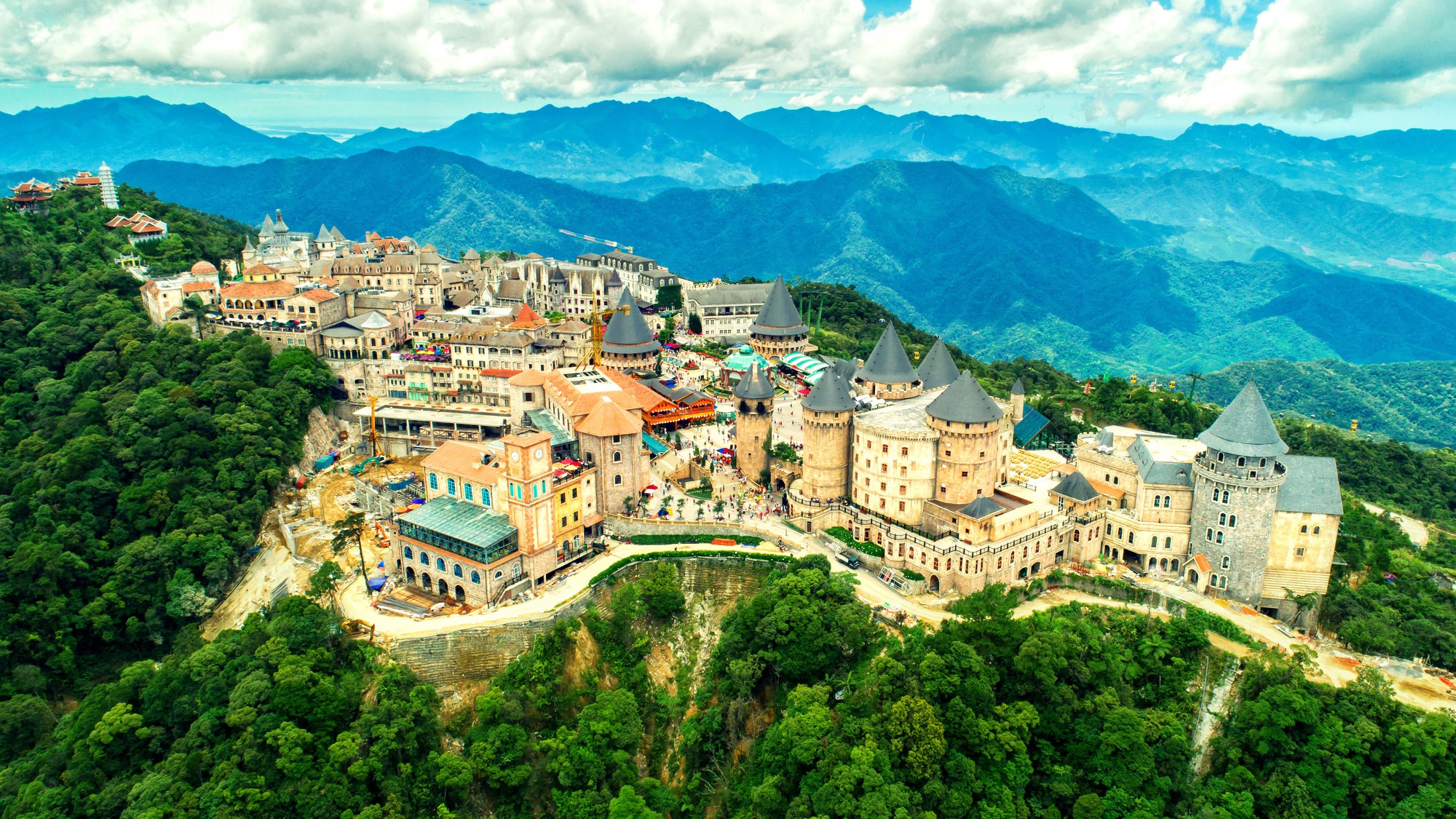

.jpg)
